Please read the lesson material below and answer the questions for the lesson. Don't forget to include your contact information so we can review your answers and respond to your comments or questions. If you make at least 60%, you should continue onto the next lesson. Otherwise, please review the material and try again. You need to average at least 70% to pass the course. We will contact you via email within a few days of receiving your answers.
Can We Believe the Bible?
Archaeology – New Testament
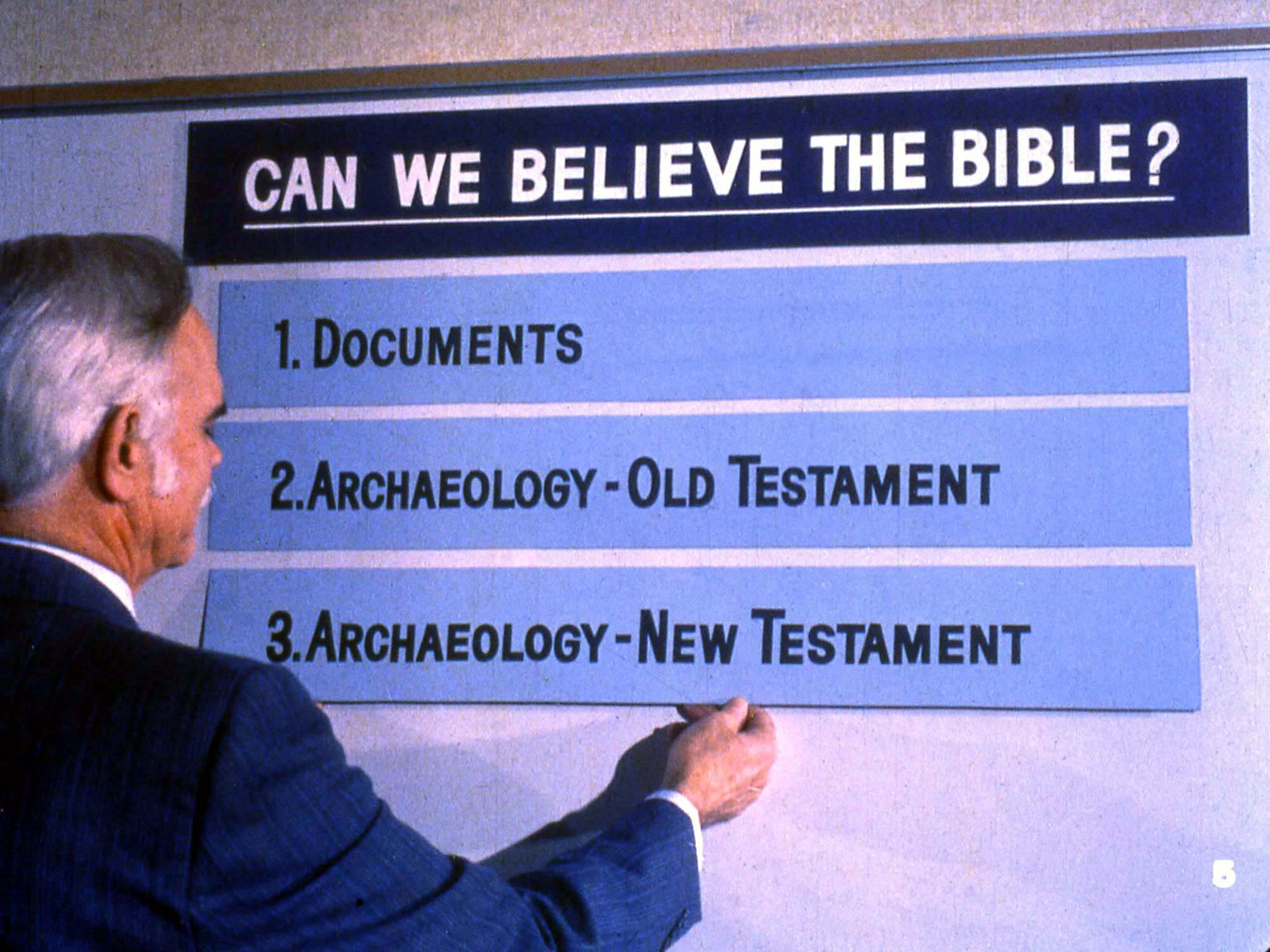
In order to answer “Can we believe the Bible?” we have already considered two things: The Documents and Archaeology of the Old Testament. We will now continue our investigation with the topic Archaeology of the New Testament.
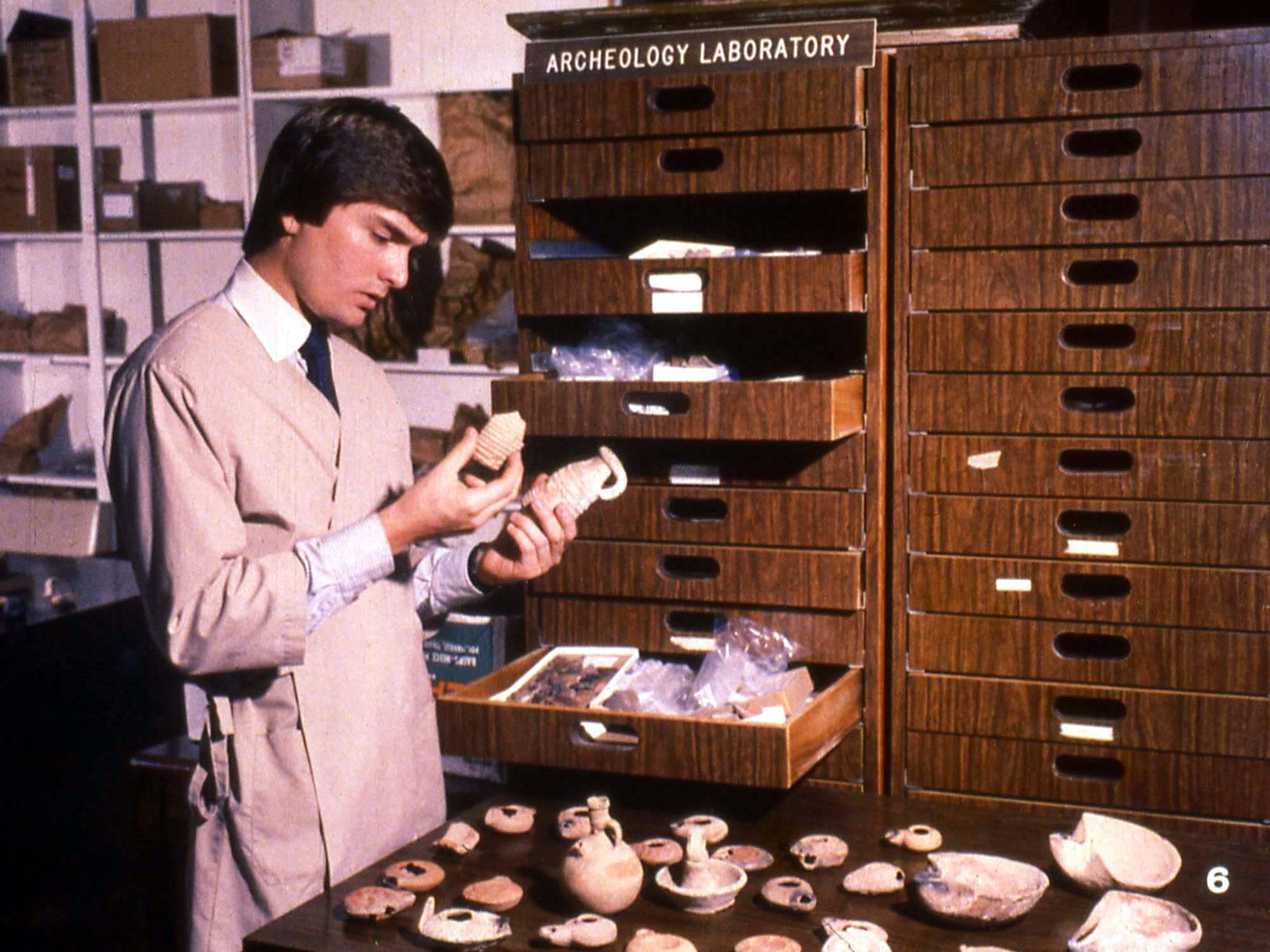
Archaeology is the study of ancient things. It is a type of investigation. It should be emphasized that the purpose of archaeology is not to prove the Bible. But by its excavations it has shown us what life and times of the Bible were really like.

Unfortunately, archaeology by its nature is fragmentary. Its evidence is almost always incomplete and is sometimes unsatisfactory. To use the example of a jigsaw puzzle, sometimes archaeology gives us all the missing pieces but sometimes it only gives us enough pieces to get the basic outline.
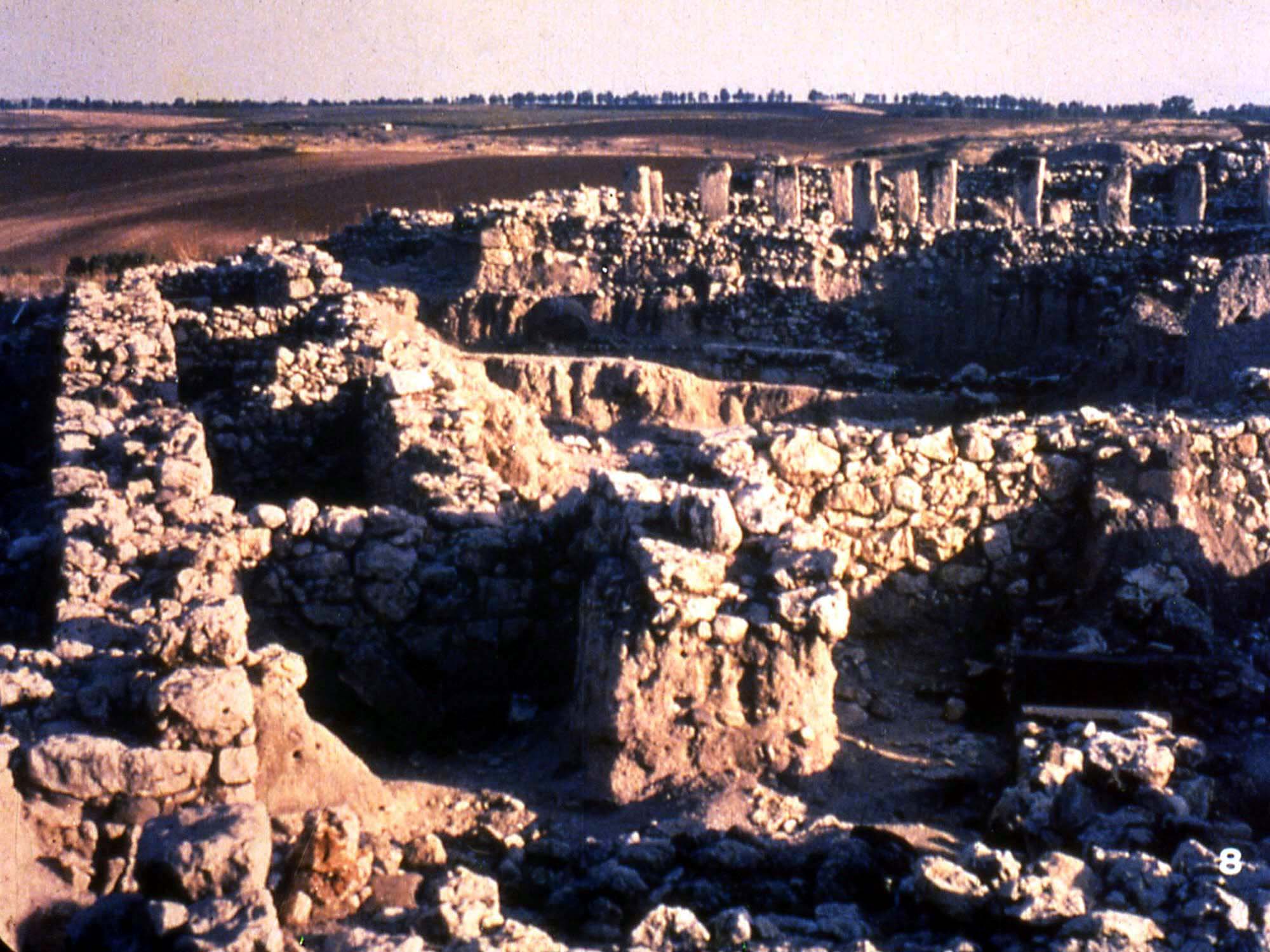
At Hazor, for example, Israeli archaeologists worked on a site that was bigger than 80 hectares of land. After four seasons of digging, only a very small portion of the digging site had been cleared. Millions of dollars and continuous years of work would be necessary to dig up the whole area.
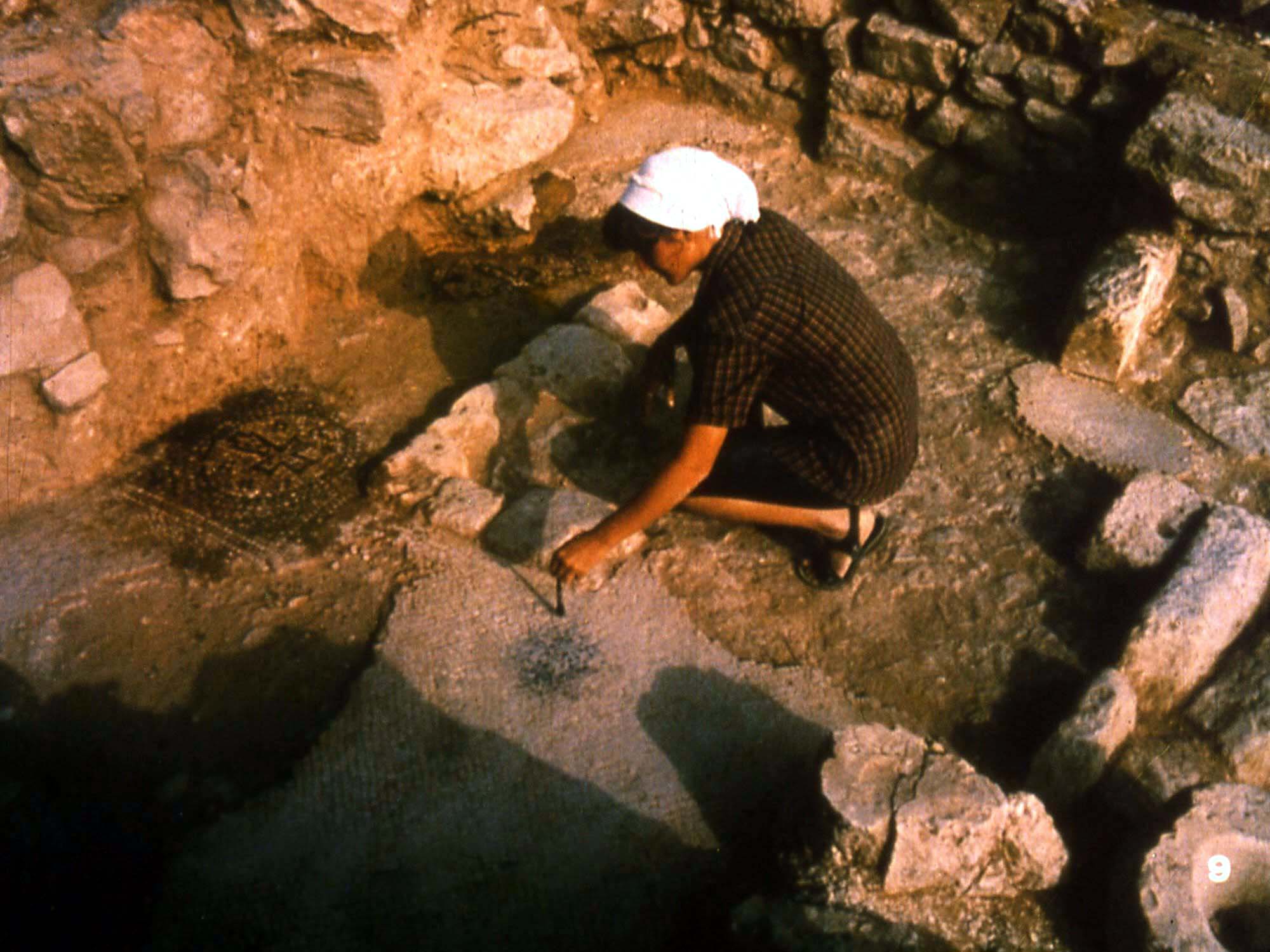
What we have from archaeology then is just a sample of information about the past. The possibility for new evidence is beyond description. But from the things we have received from different archaeologists we can see that the evidence from both the Old and New testaments is impressive. In this lesson we will focus on the New Testament people and events.
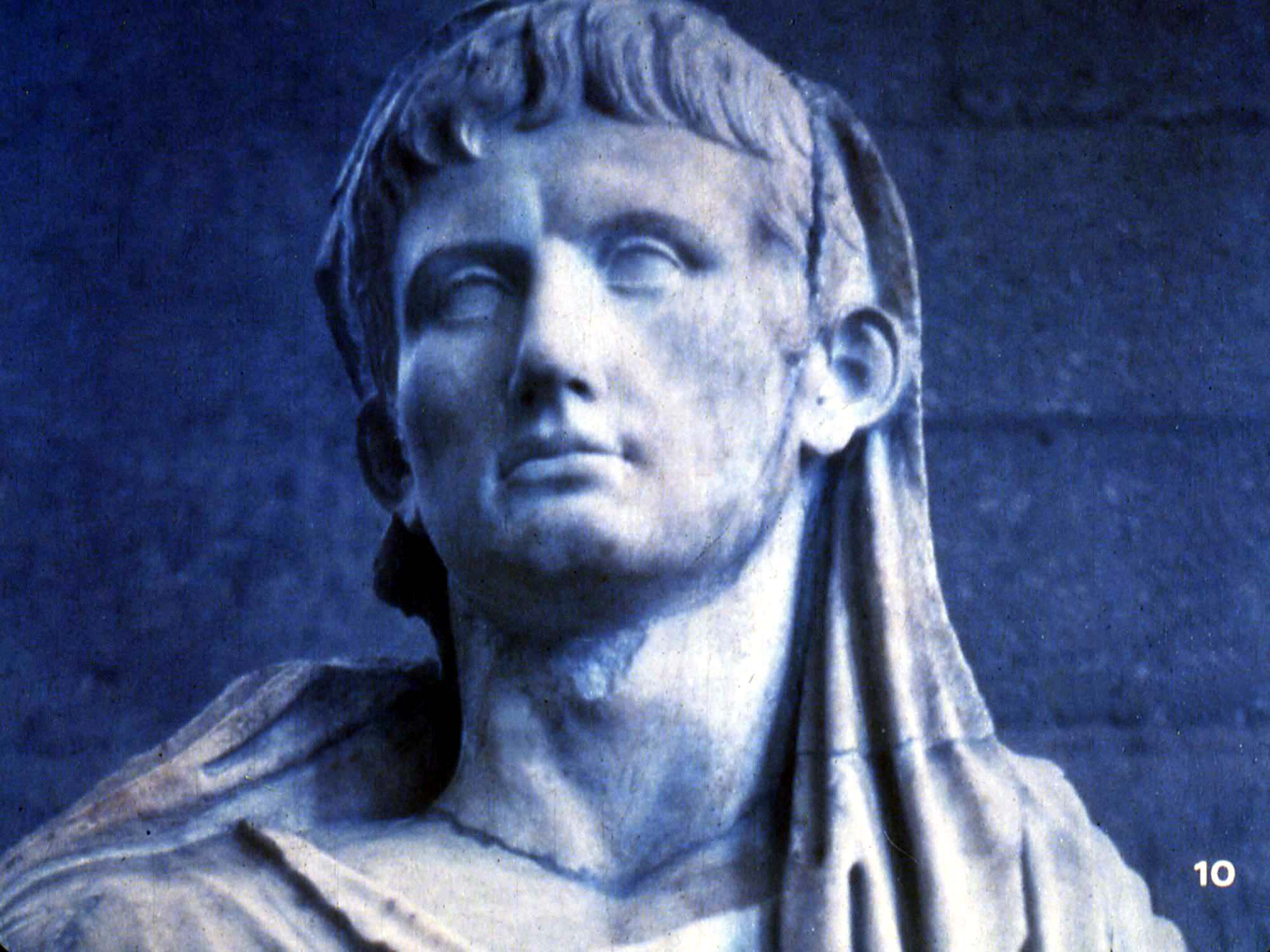
When Jesus was born, Caesar Augustus was the ruler of the Roman Empire which included the land of Palestine. Since Augustus ordered a census to be taken it was necessary for each person to go to his own hometown. This is why Joseph had to take Mary and go to Bethlehem for the census. Although there is no specific evidence that confirms Luke’s statement on the census at that time,

an Egyptian papyrus has been discovered that records a similar census that was taken in AD 104. The message is from Gaius Vibius who was the chief prefect of Egypt. He said that because it was almost time for the census it was necessary for all the people who were living in places other than their hometown to return at once to their own hometowns. It was this kind of public notice that Joseph and Mary obeyed which was the reason that Jesus was born in Bethlehem.

At that time, the Romans ruled Palestine through their appointed king, Herod the Great. Herod is known as the great builder. In Jerusalem he built fortresses and other strong buildings. He also built a palace for himself and a newly renovated temple for the Jews. This is part of a scale model of the temple area as it probably looked in the 1st century. If you recall, in John 2:20 we have a reference to the Jews reminding Jesus that the work on the temple had been in progress for 46 years.

Herod made the temple area bigger and supported it with extremely large retaining walls around it. Part of the wall Herod built is still standing today.
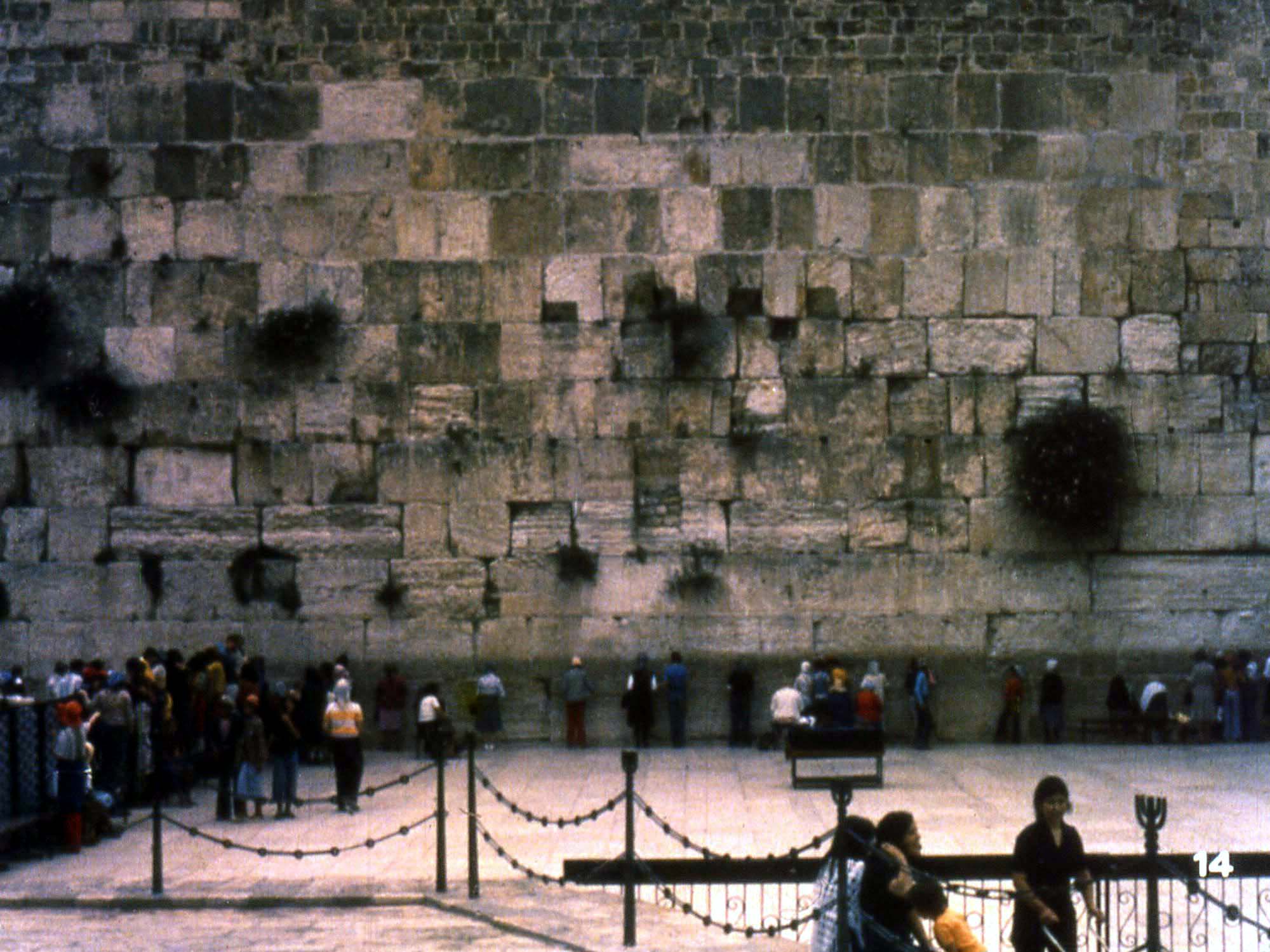
The famous “Wailing Wall” on the west side of the temple area is also from the building by Herod. Notice the large blocks of stone in the lower part of the wall. Here the Jews come and pray and mourn over the destruction of the temple. Herod’s magnificent temple is where many events in Jesus’ life took place and where His church had its beginning. It was destroyed by the Romans in AD 70 just a few years after it was completed.
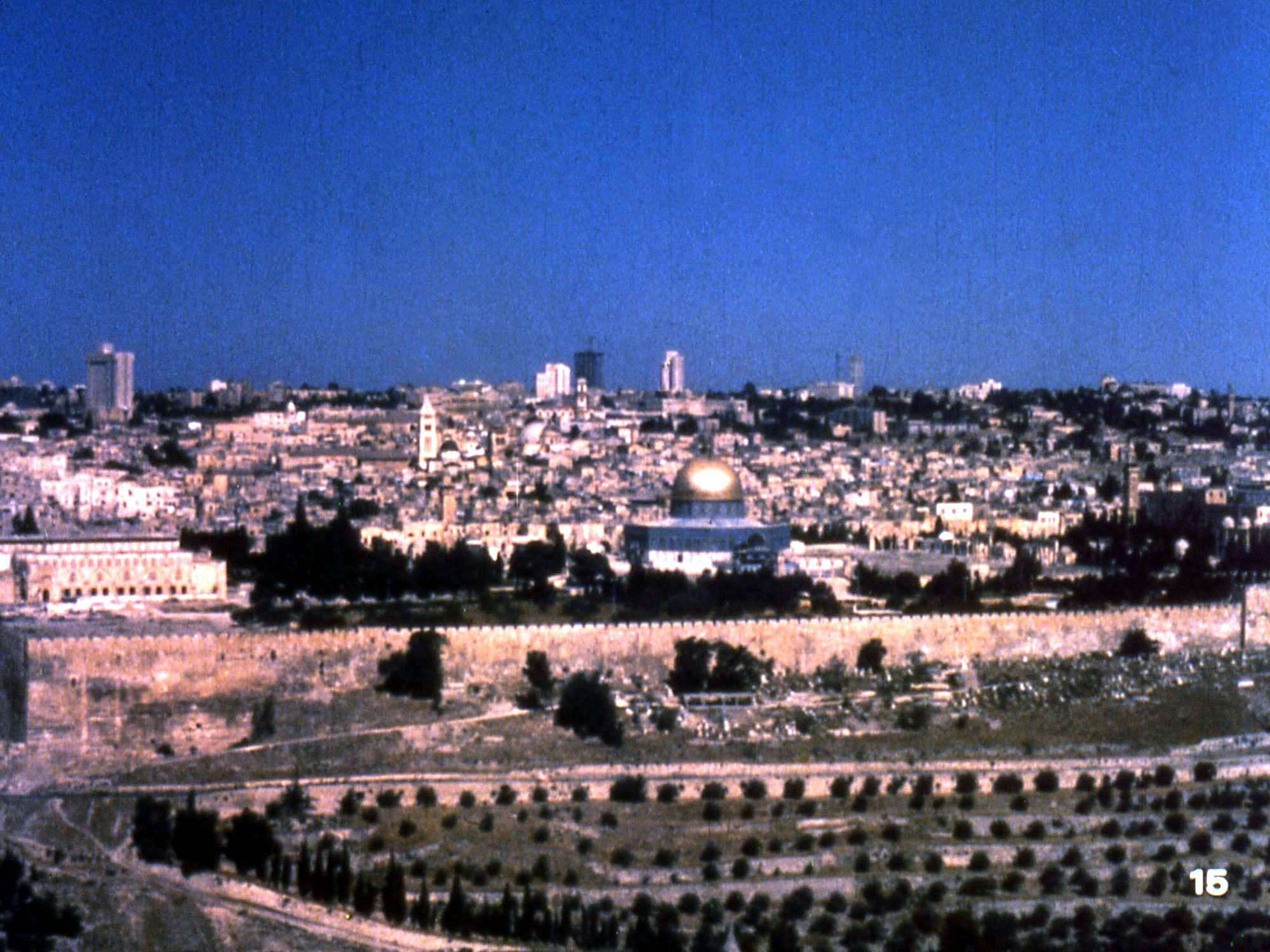
Today, from the Mount of Olives, we can see the temple area surrounding the Arab mosque called the Dome of the Rock.
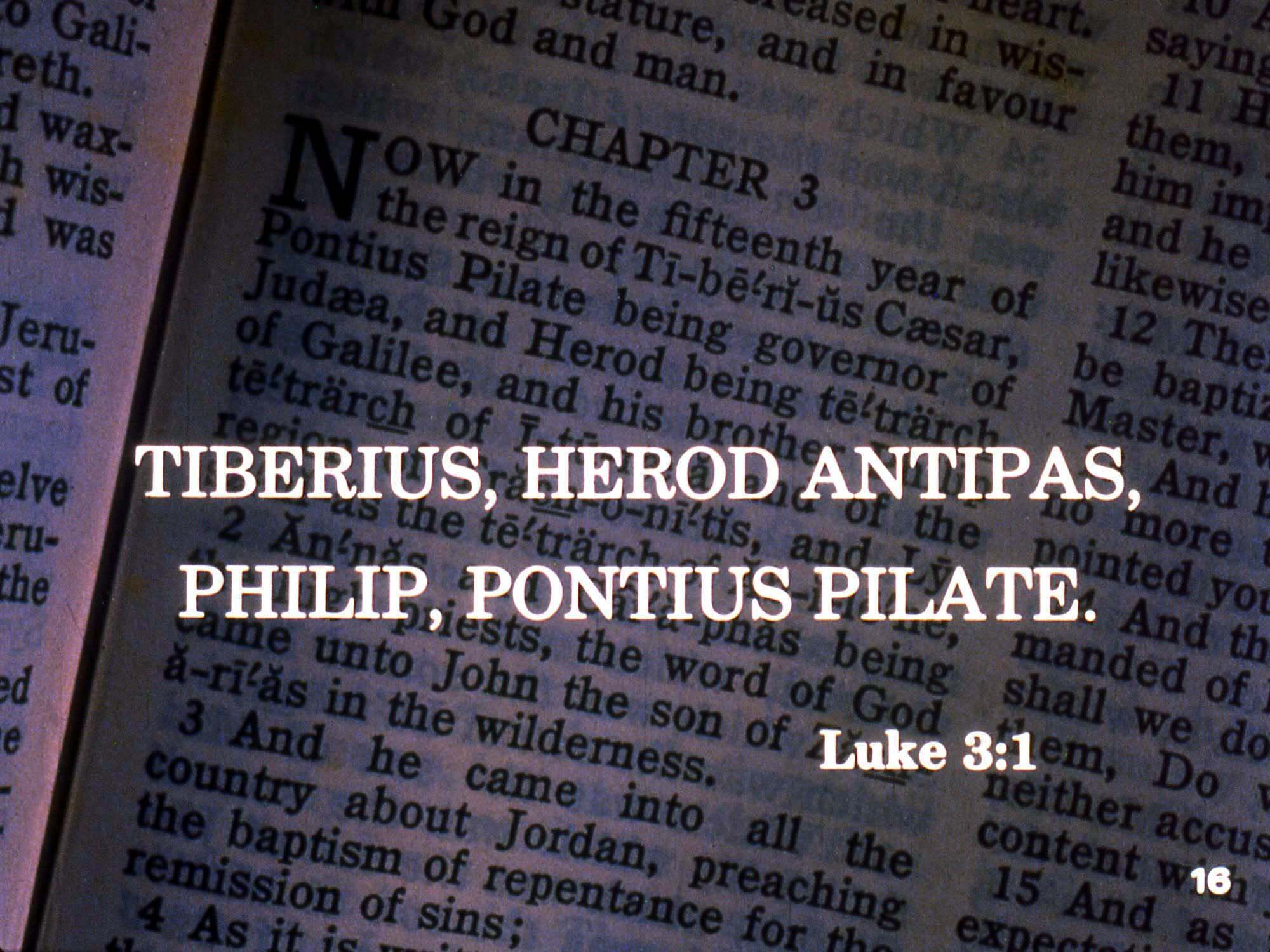
Although Jesus was born during the reign of Caesar Augustus (Herod was ruling over Palestine), his ministry actually took place several years later in the time of the Roman Emperor Tiberius. Herod Antipas was ruler of Galilee, his brother Philip was ruling over the area north and east of the Sea of Galilee and Pontus Pilate was governor of Judea. This information that historians have also confirmed can be found in the Bible in Luke 3:1.
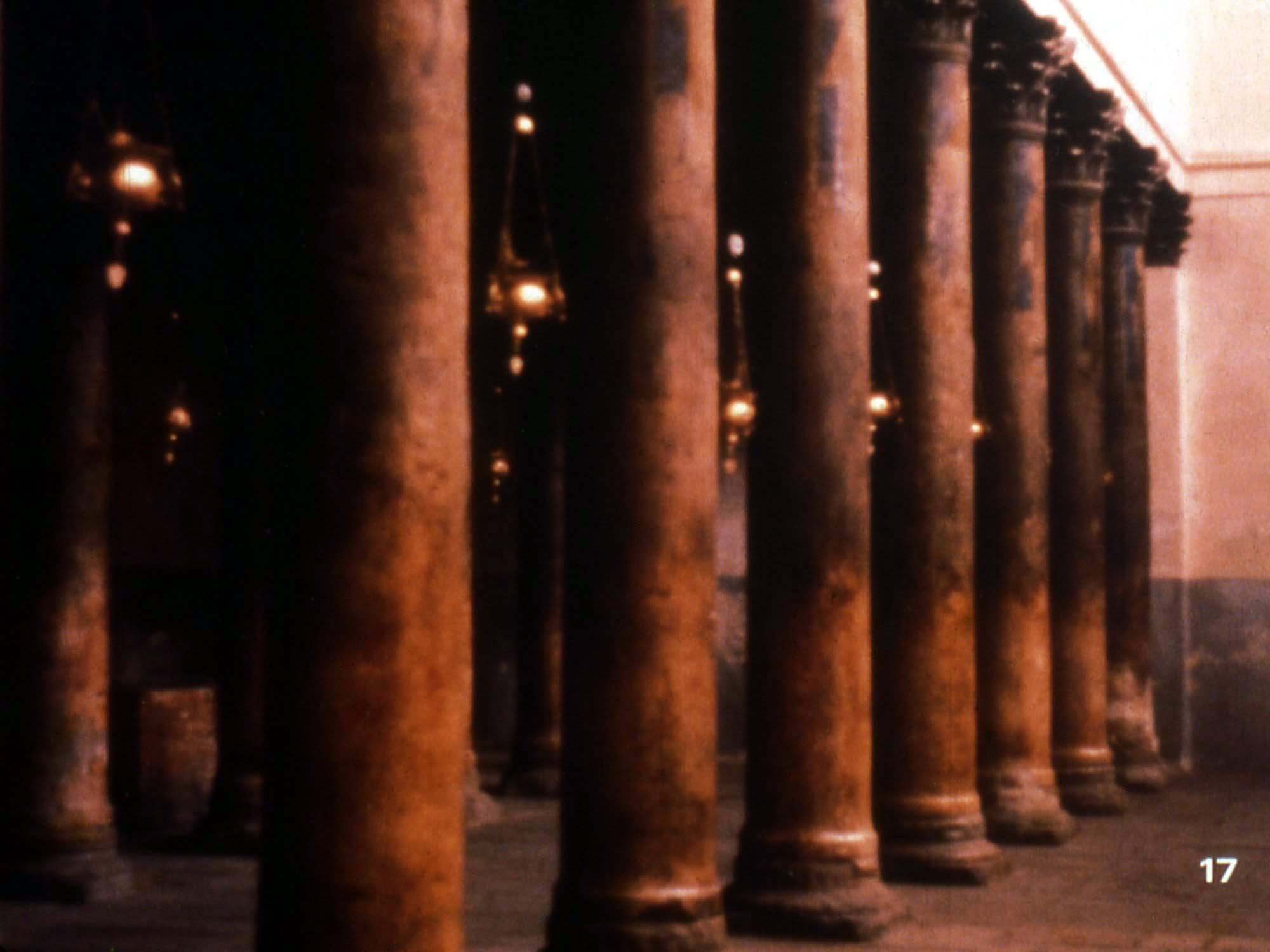
It is not possible to find out where exactly every event connected with Jesus happened. Some places are only known traditionally. For example, there is a place called “The Church of the Nativity” which is supposedly located over the site of Jesus’ birth. Even though this idea goes back hundreds of years, it is still a tradition and tradition cannot be treated as solid fact.
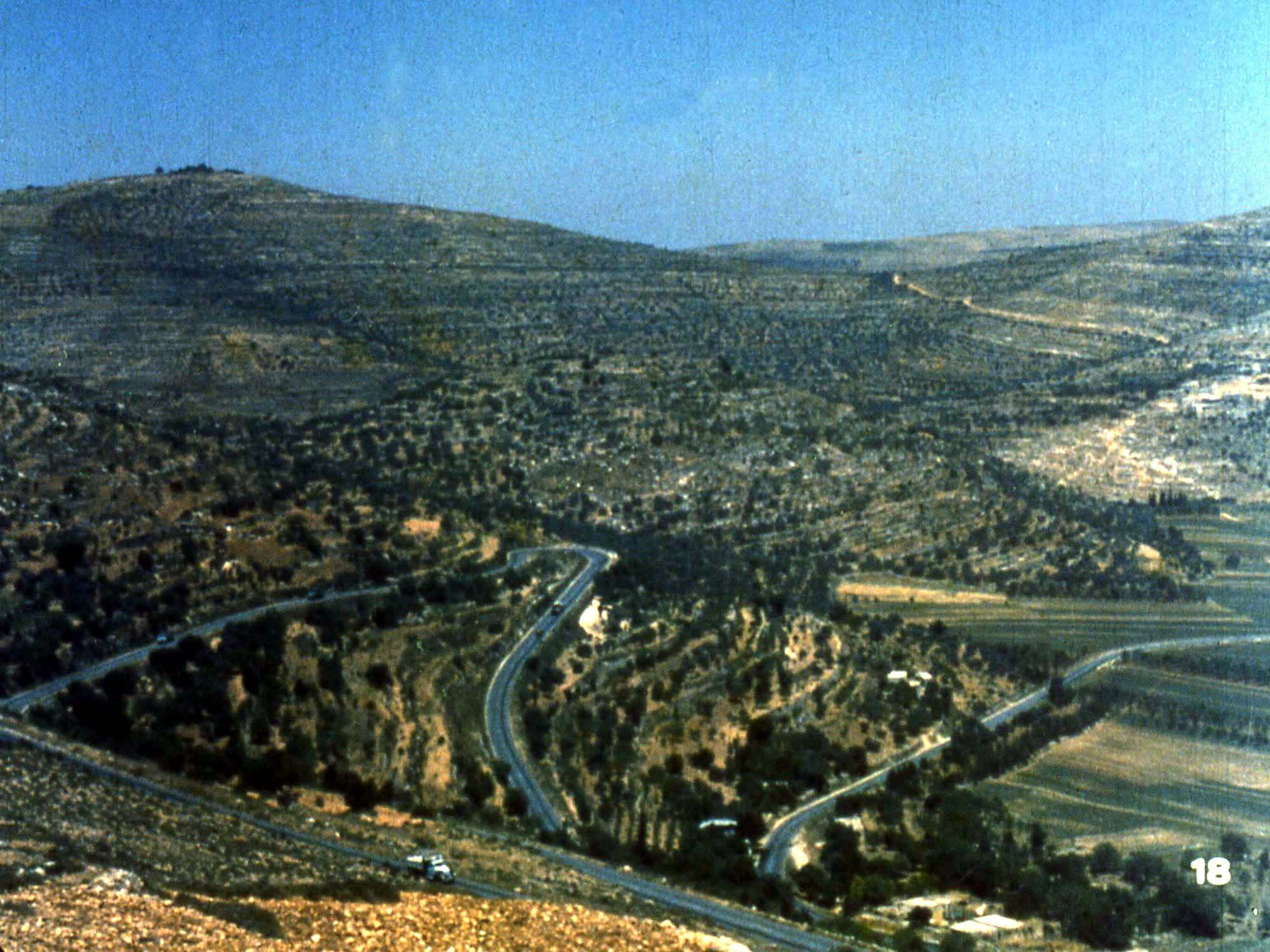
Although we do not know the exact place where Jesus was born, there are various Biblical places in Palestine that are undoubted. The main cities, towns and roadways have been around a long time. For example, although a modern highway now exists in the area, we can still see the rough route that Jesus had to take when he traveled from Judea to Samaria through the Judean hills.
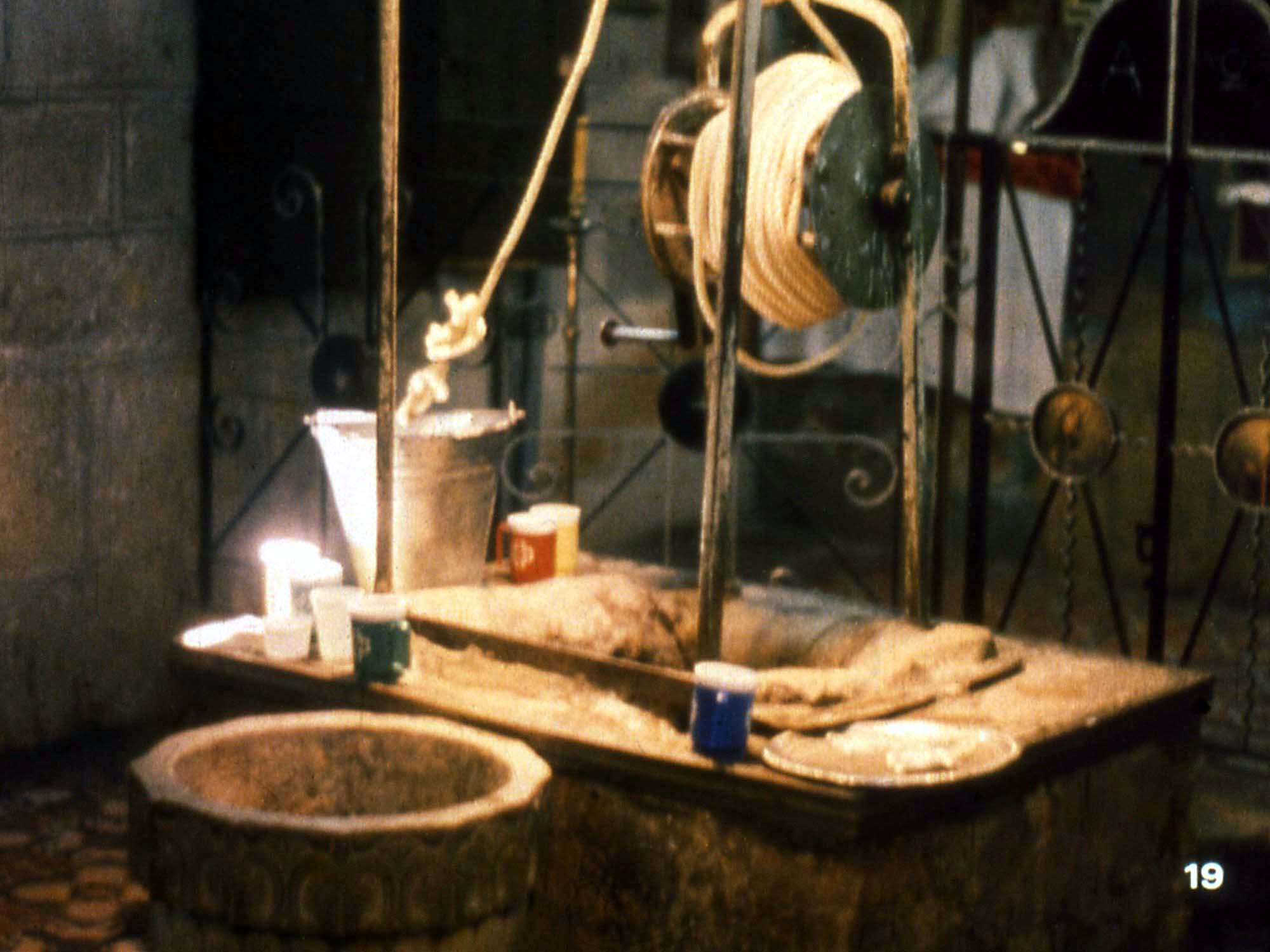
Jacob’s well, where Jesus talked to the Samaritan woman, is one site that is thought to be reliable. The well is located on the old road to Jerusalem which split at this point and went west and northeast. In Jesus’ time the well was deep and today it still is about 30 meters deep. The well is now surrounded by an unfinished Greek Orthodox Church.
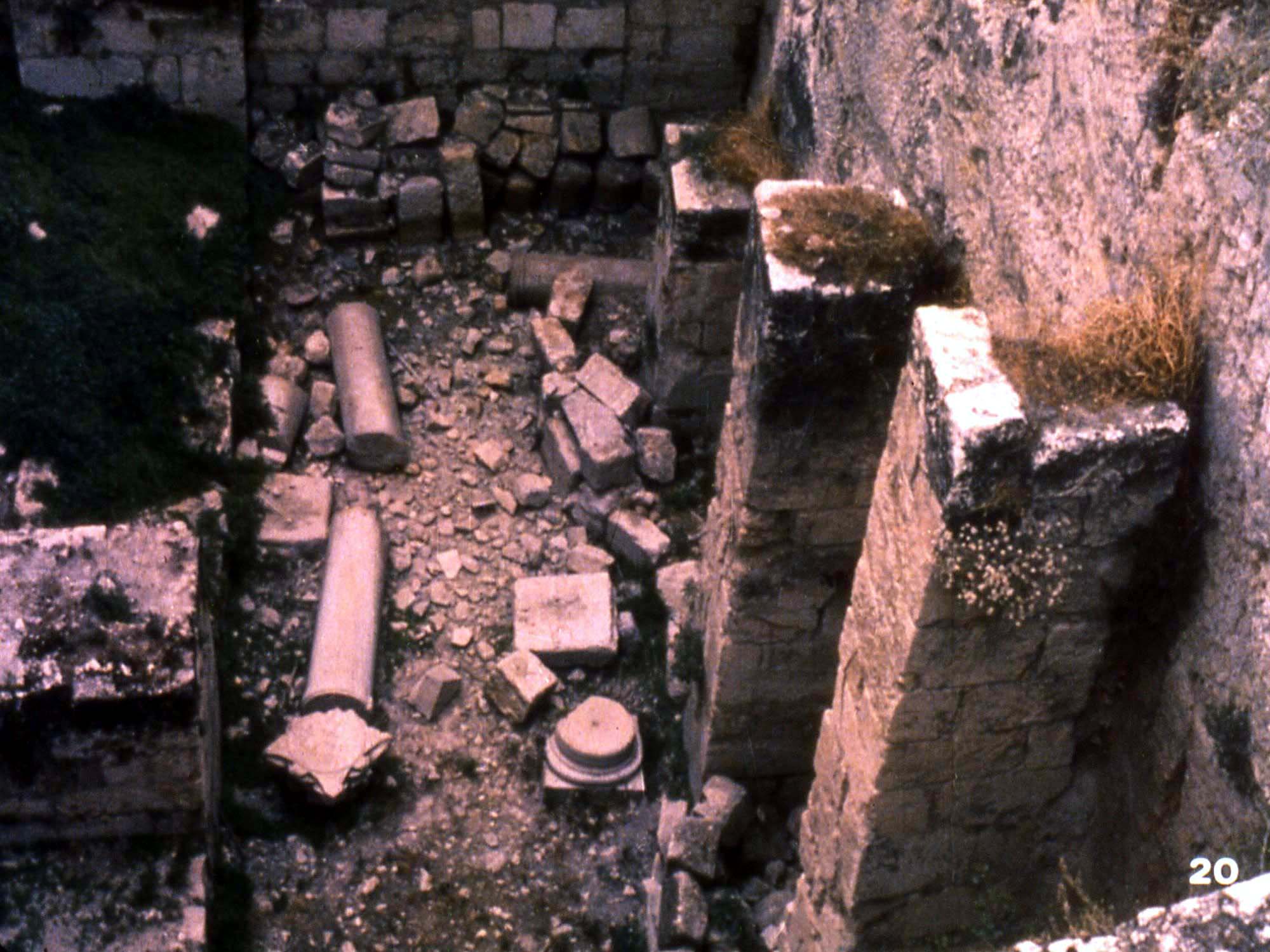
Another New Testament place that archaeological explorations have discovered is the Pool of Bethsaida. John 5:2-3 tells about this pool with its 5 doorways and of the great number of sick people around the pool. We know now that there were twin pools, and that there were indeed five entrances going to the pools. The pool area was large, about as big as four basketball courts put together.
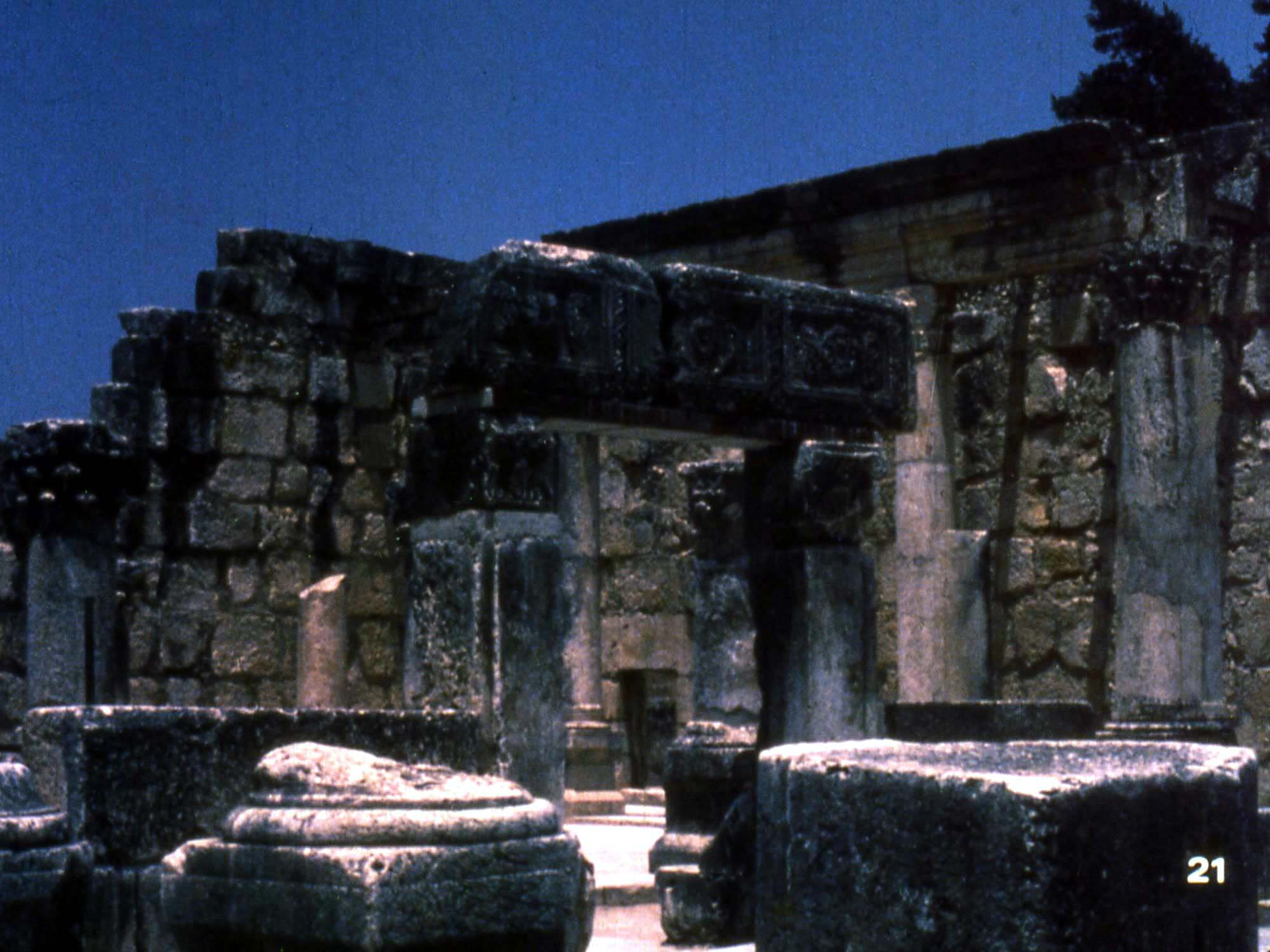
The city on the Sea of Galilee known as Capernaum was the most important for Jesus’ work. Several important Bible passages including John 6, make special mention of his teaching in the synagogue there. These are the ruins of the synagogue at Capernaum. These ruins are usually dated about AD 200 but it is very likely that they are on the ruins of the temple which Jesus taught in.
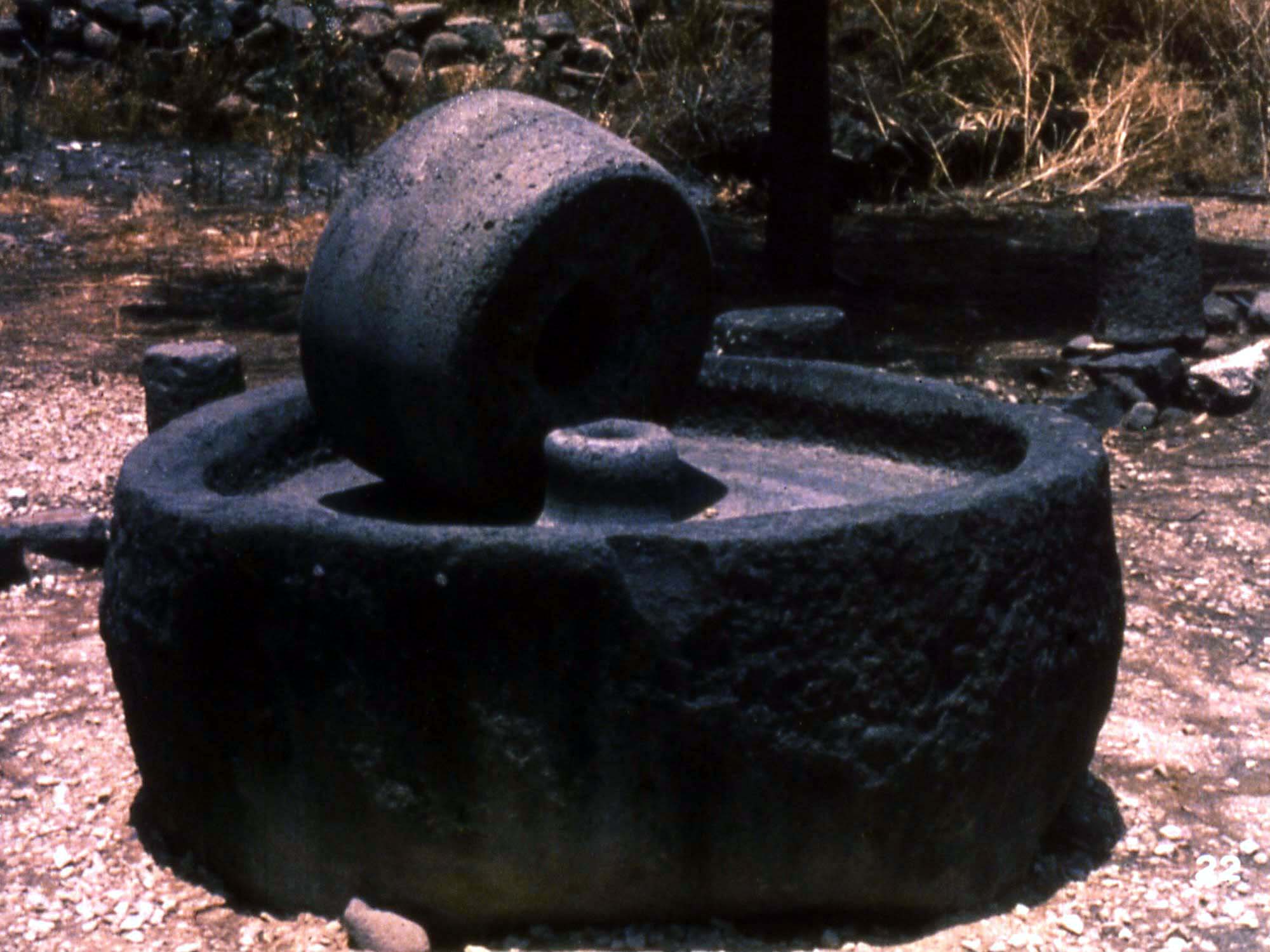
Also, at Capernaum, many oil presses have been found. Olives were gathered they were then crushed either by stepping on them or by using tools to grind them like stone presses. These kinds of presses must have been a familiar sight to Jesus and his disciples.
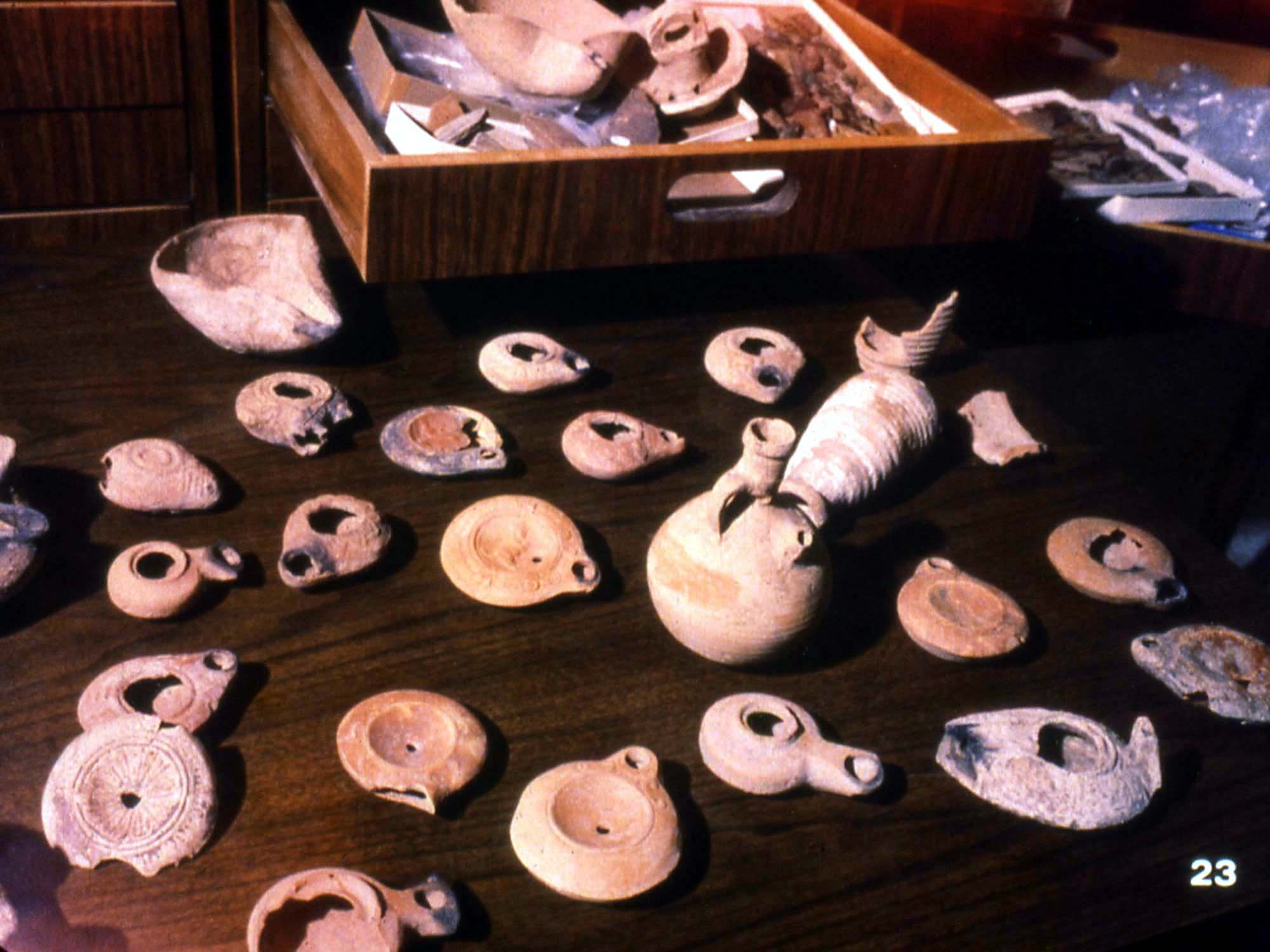
One common use for olive oil was as fuel for small lamps which they have found many of in Palestine. These are first-century lamps, the kind of lamps Jesus would have known and probably used. In His teachings Jesus spoke about a woman who might light a lamp in search of a lost coin (Luke 15:8) and also about young women who took lamps with them to welcome the bridegroom. (Matthew 25:1-13)

It is now possible to sketch a map of Jerusalem as it looked during Jesus’ time. Notice the temple area (in yellow) which is joined by the Fortress of Antonia (in green). In that time there were two walls to the north the first is shown in blue and the second in red. It is most likely that Jesus was crucified outside of the red wall.
But exactly where Jesus was crucified we do not know. “Golgotha” was the place of the skull according to Matthew 27:33 but we do not know if this meant that this place looked like a skull or if it simply meant that it was a place where executions took place.
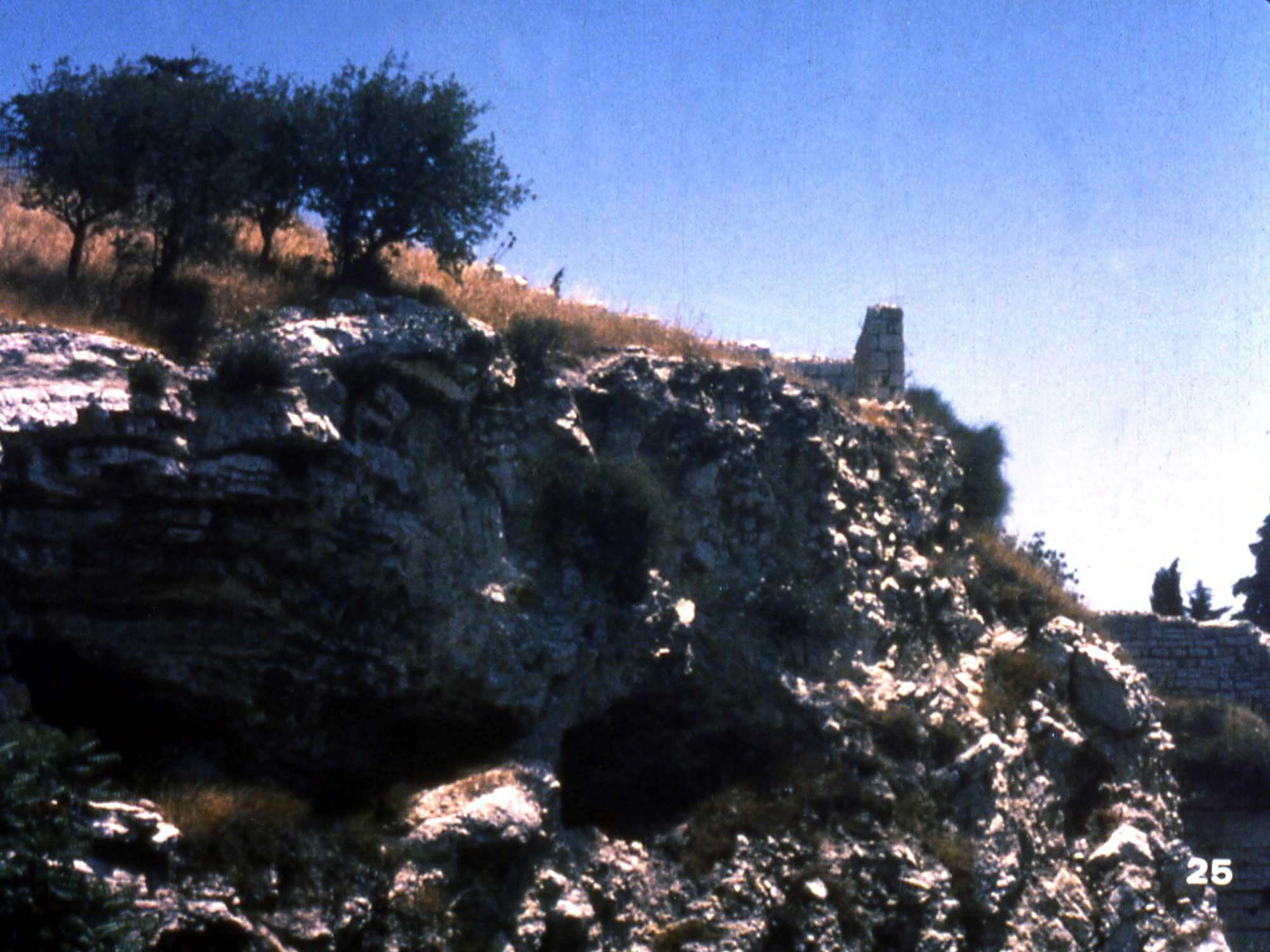
Shown here is a place that is often suggested as the place where Jesus was crucified. Another idea is that his crucifixion was either inside or near what is now known as the Church of the Holy Sepulcher.
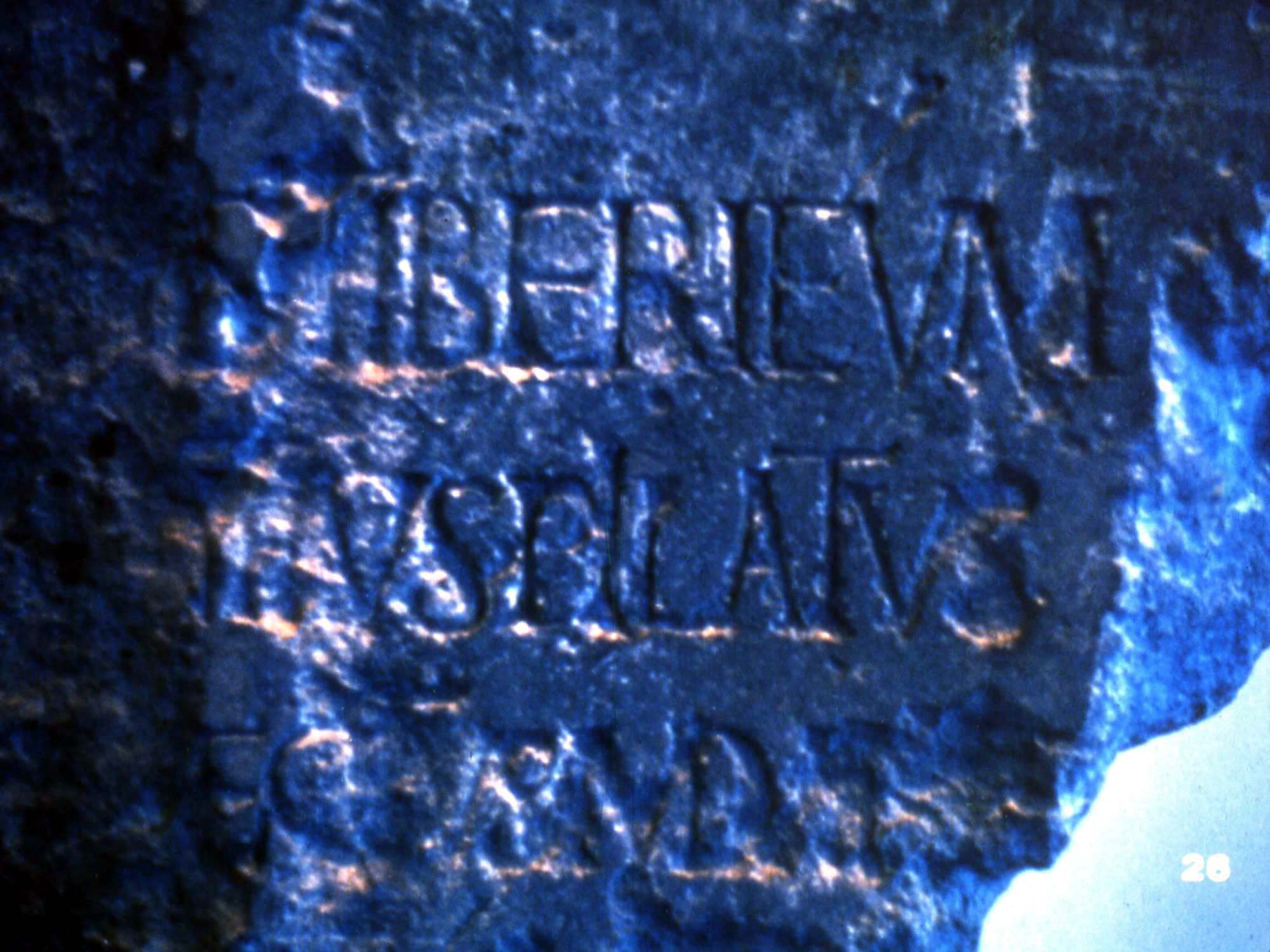
We know that Jesus stood trial before the Judean governor Pontus Pilate from Luke 23:1. Until 1961, there was no mention of Pontus Pilate outside of the Bible. But in Caesarea a large stone was found which had a dedication from Pilate to the Emperor Tiberius. Pilate’s name is found on the second line in Latin.
Jesus’ trial was held in what is called the Praetorium which was the residence of Pilate in Jerusalem. This was probably inside the fortress of Antonia built by Herod in honor of Mark Anthony.
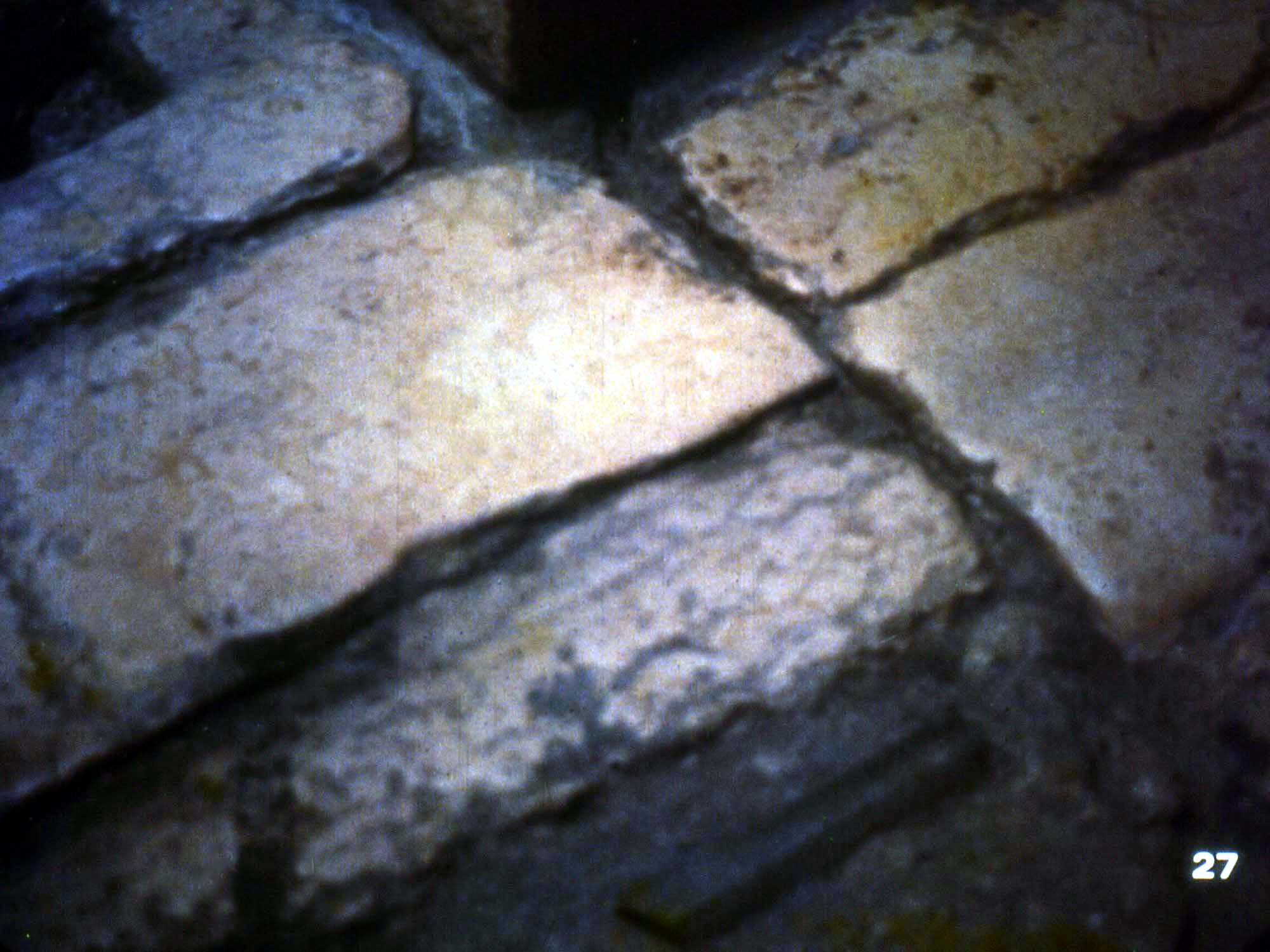
The remains of the fortress have been found, including a courtyard of large stones. This goes along with a description in John 19:13 of the place of Jesus’ trial called “the pavement”.
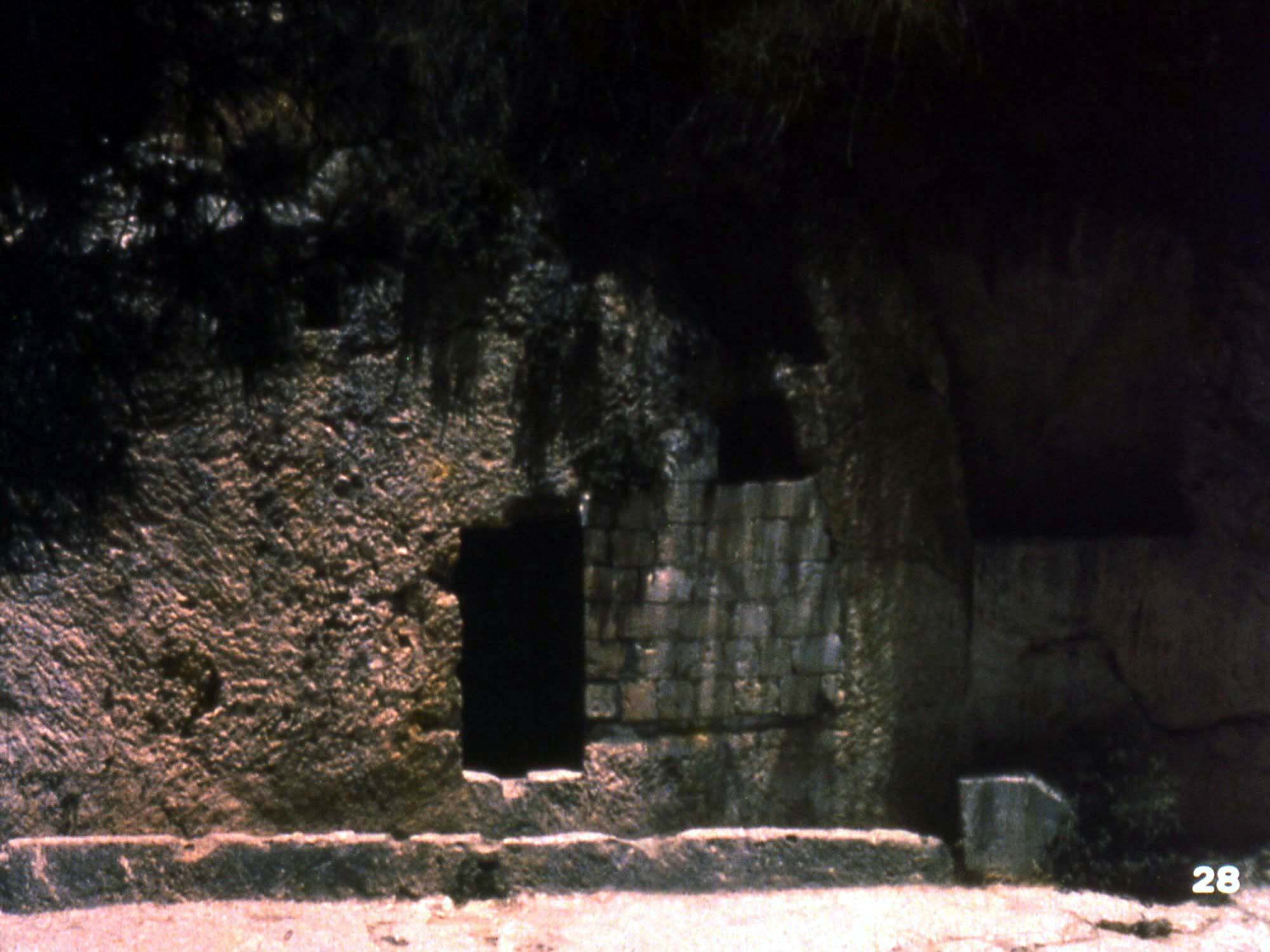
The burial place of Jesus has not been found for sure but this place has been suggested as a possibility. What can be called “the earliest records of Christianity” come from tombs and burial places with Aramaic and Greek inscriptions. One inscription found is perhaps a prayer to Jesus for help and another seems to be a prayer that the person might rise from the dead. The inscriptions are dated about AD 50.
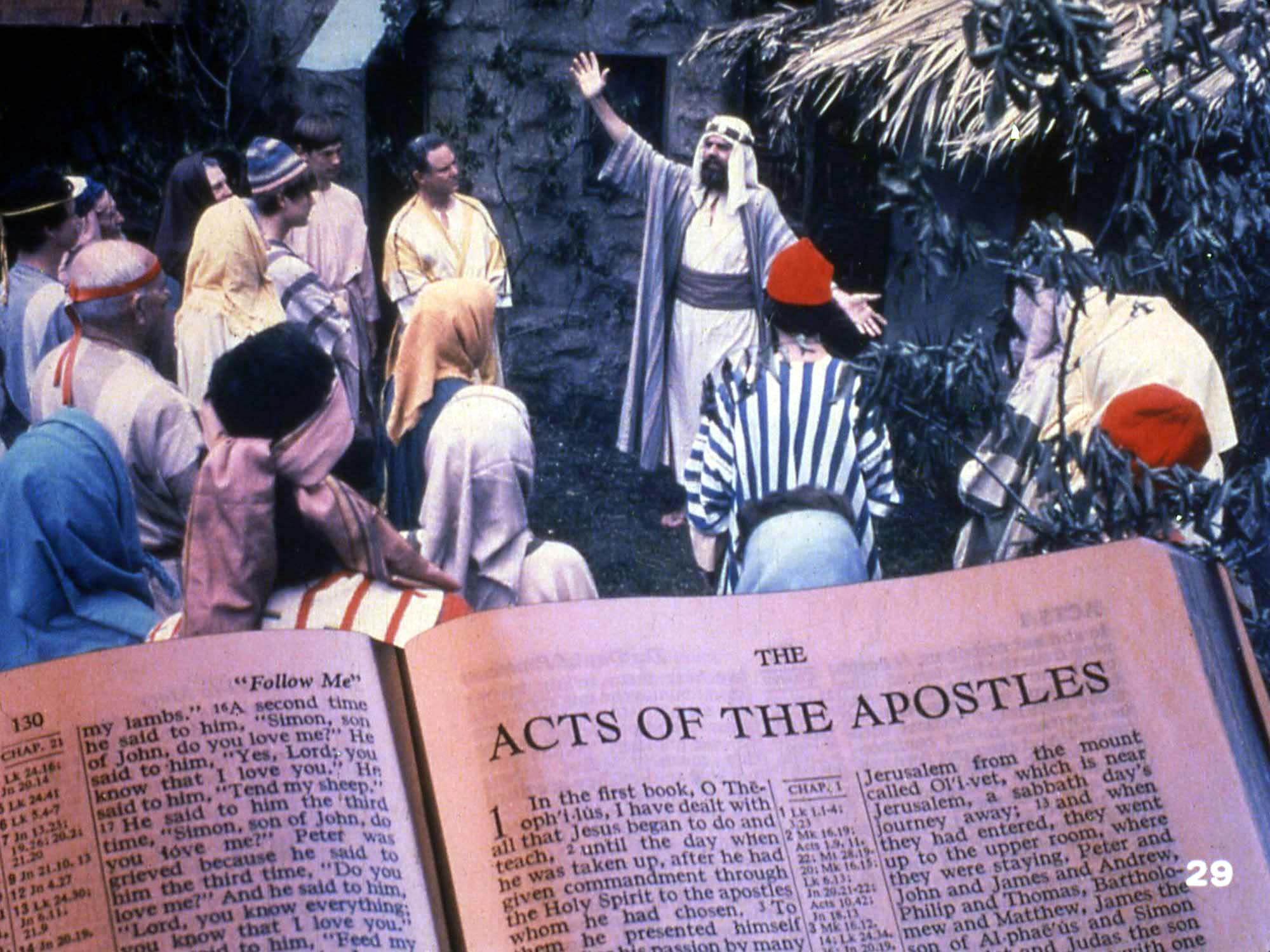
After Jesus’ burial, resurrection and return to heaven, his followers began to carry the gospel throughout the world. It is the book of Acts that gives us details about the beginning and growth of Christianity. This wonderful book of history was written by Luke, a physician and companion of Paul during his travels.

Luke often referred to the rulers of that time by name and also mentioned current political situations and used terms from the culture of which he was writing. There are several things to show that Luke gives us a reliable record. For example, Luke is very specific in his mentioning of rulers and leading historical figures.

In the books of Luke and Acts, he names three Roman emperors – Augustus, Tiberius and Claudius—the only New Testament writer to name any. He also mentions several Roman governors who served at different times – Quirinus, Pilate, Sergius Paulus, Gallio, Felix and Festus.
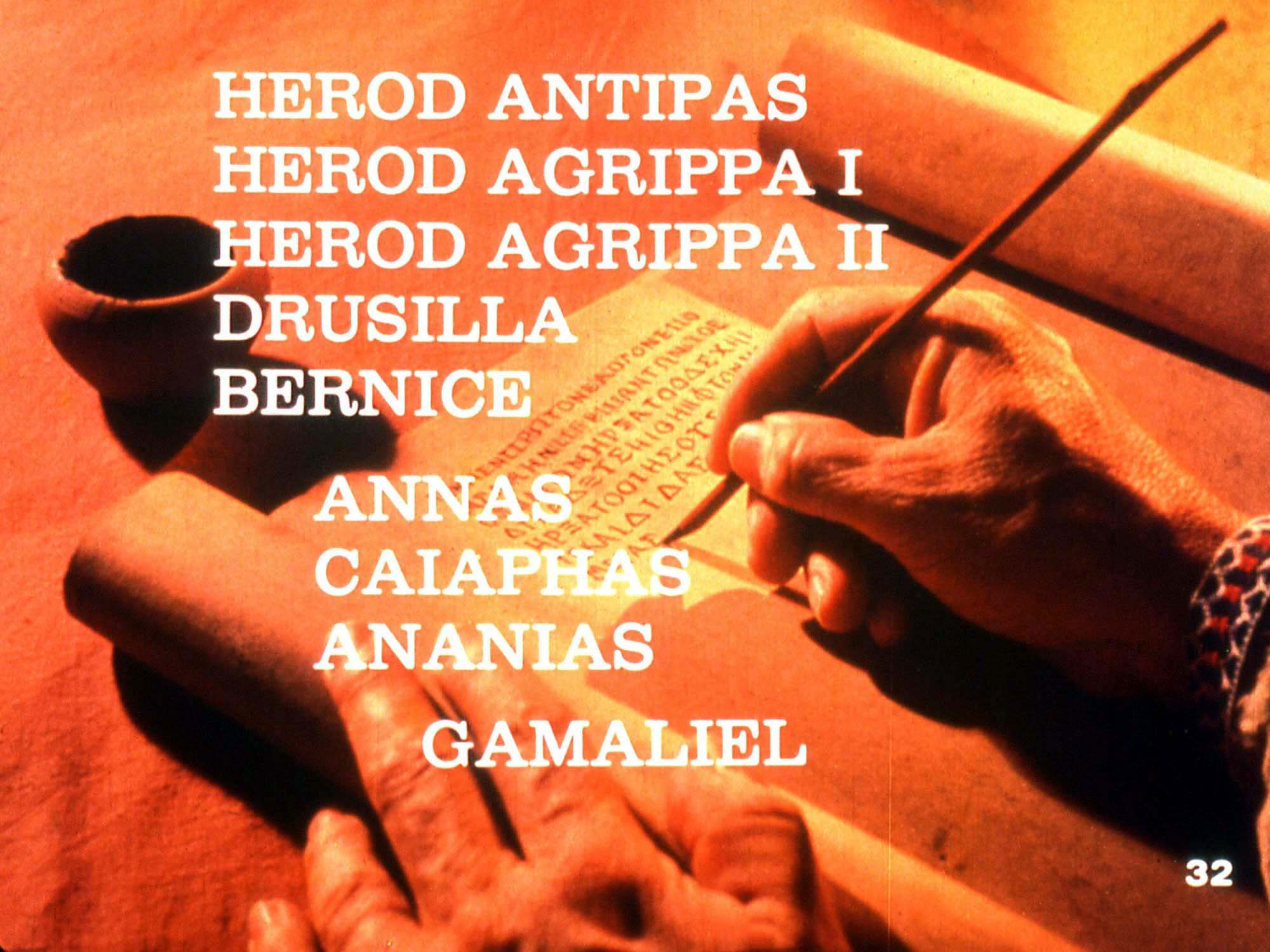
Luke also names specific people in the Herod family: Herod Antipas, Herod Agrippa I, Herod Agrippa II, Drusilla and Bernice. He includes references to the high priest family: Annas, Caiaphas, and Ananias. He even mentions the great Rabbi and Pharisee leader, Gamaliel.

This is the theater of Caesarea where, according to Luke in Acts 12:19-23, a king was suddenly stricken with a fatal sickness. Herod Agrippa II, the grandson of Herod the Great, was king of Judea from AD 40 to 44. Acts 12 tells us about how he persecuted Christians and tells about his fatal illness. Josephus, whose account is the same as Acts in many points, also says that Herod was stricken in the theater and was carried out of there and died five days later.

Information from archaeological explorations including inscriptions, makes it possible to follow the steps of Paul the apostle as recorded in the book of Acts by Luke. One important Greek inscription is believed to talk about the Synagogue of the Libertines (freed slaves) mentioned in Acts 6:9. This synagogue went against the preaching of Stephen. When they stoned Stephen, the witnesses against him took their coats and garments and put them at the feet of Saul.
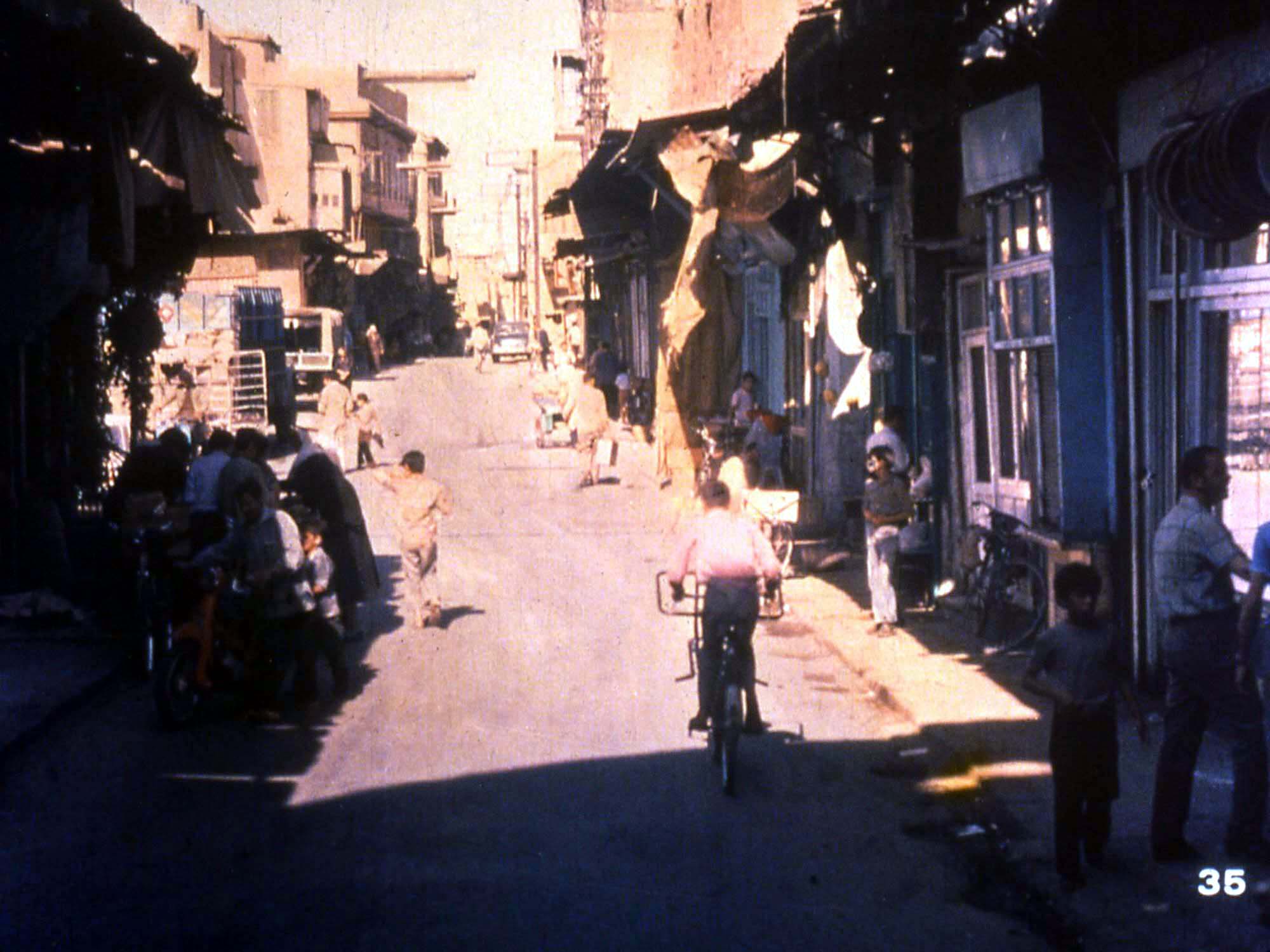
This man, Saul, is better known as Paul. At Damascus he was staying in a house on Straight Street. This street still is known as Straight Street today. A man named Ananias came to him and told him how he must obey Christ. Acts 9 says that Paul saw Christ on the road going to Damascus. Paul listened to what Ananias said and became a Christian. Paul later wrote about his escape from Damascus while the governor who was under King Aretas was guarding the city.
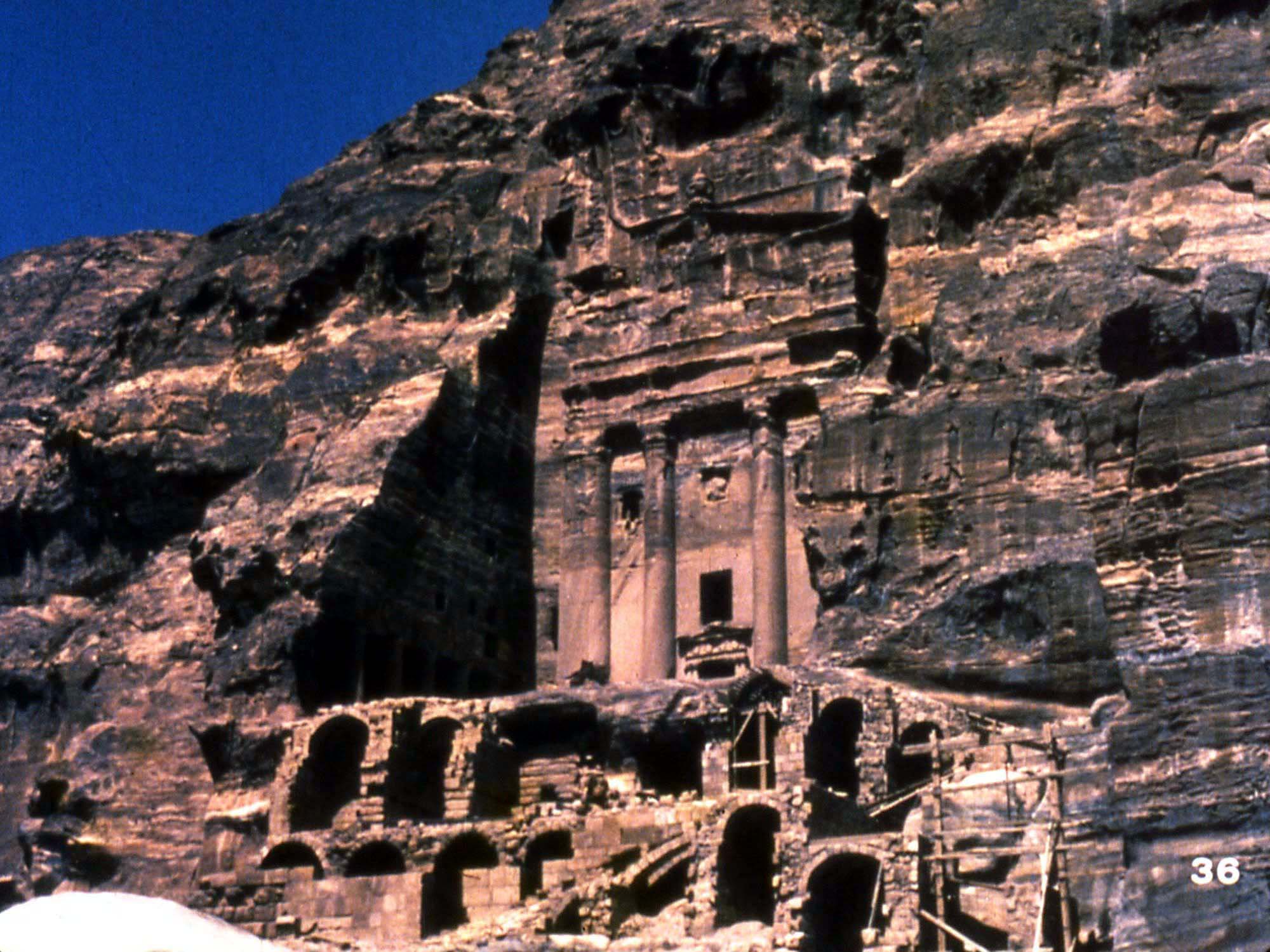
This is a picture of part of Aretas’ capital at Petra which was protected by red sandstone cliffs. Aretas was king of the Nabataeans from 9 BC to AD 40. Paul’s escape which happened soon after his becoming a Christian, happened near the end of the reign of Aretas.
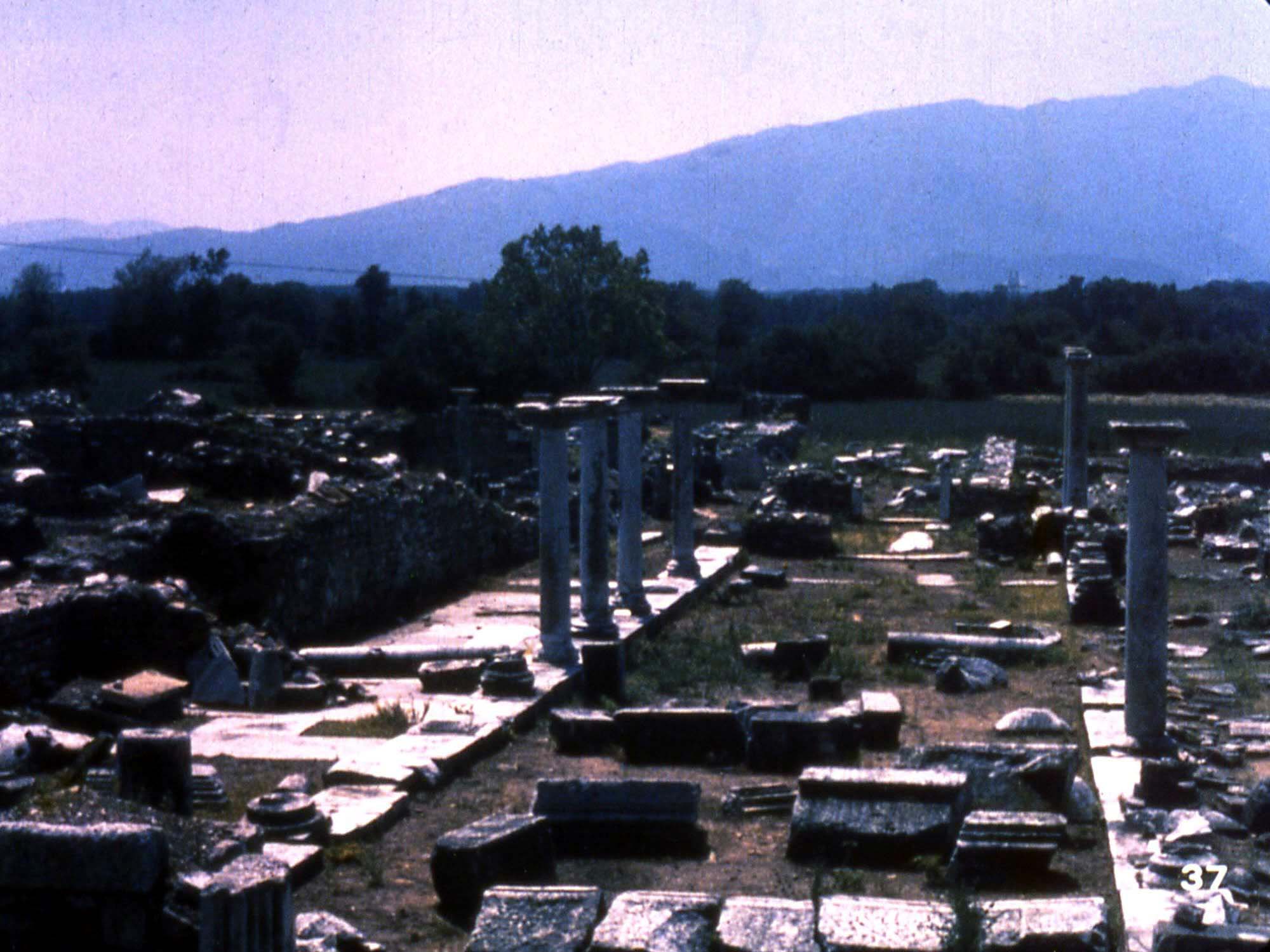
The more recent times have shown the discovery and exploration of many of the cities Paul visited which are named in the book of Acts. There are many examples of the correct terminology that Luke used in connection with these cities. For example, when he mentioned the governor of Cyprus he used the term “proconsul” which was correct. Also, in Philippi he uses the word “meris” for “region” just as the Macedonians did.
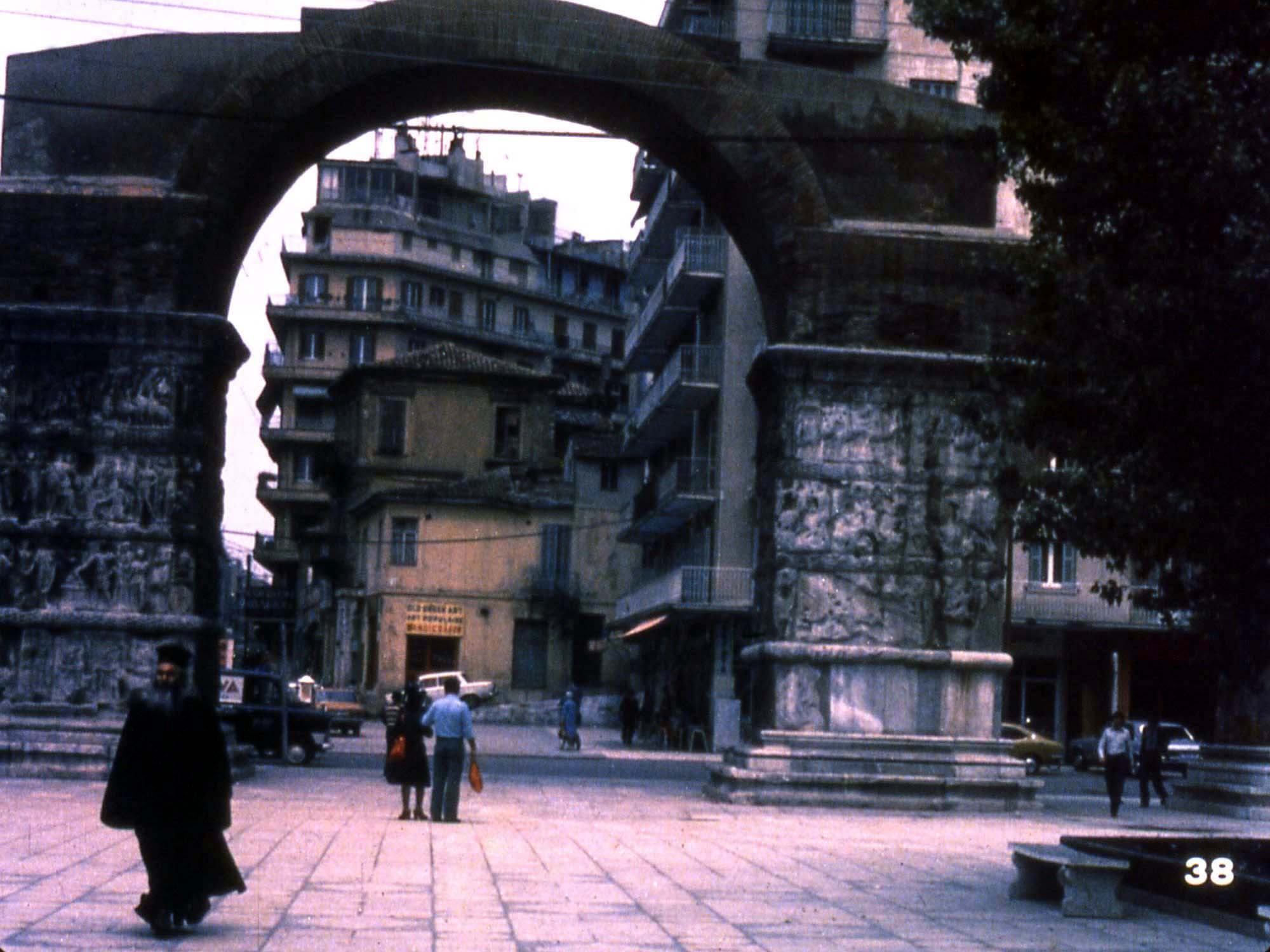
From Philippi, Paul traveled to Thessalonica by going along the famous Roman road called the Egnatian Way. The Egnatian Way went right by the marketplace in Philippi. In Thessalonica today a main road follows the old route and is still called the Egnatian Way.

The western gate on the Egnatian Way in Thessalonica was called the Vardar Gate. This archway is now in the British Museum. The inscriptions on the arch illustrate the accuracy of Acts because in Acts 17:6 Luke calls the rulers of Thessalonica “politarchs”. This term is unknown in Greek literature, so when Luke used it people were wondering why. But when they found the Vardar gate and other inscriptions, they found that the term politarchs is used, and this confirms Luke’s use of it.
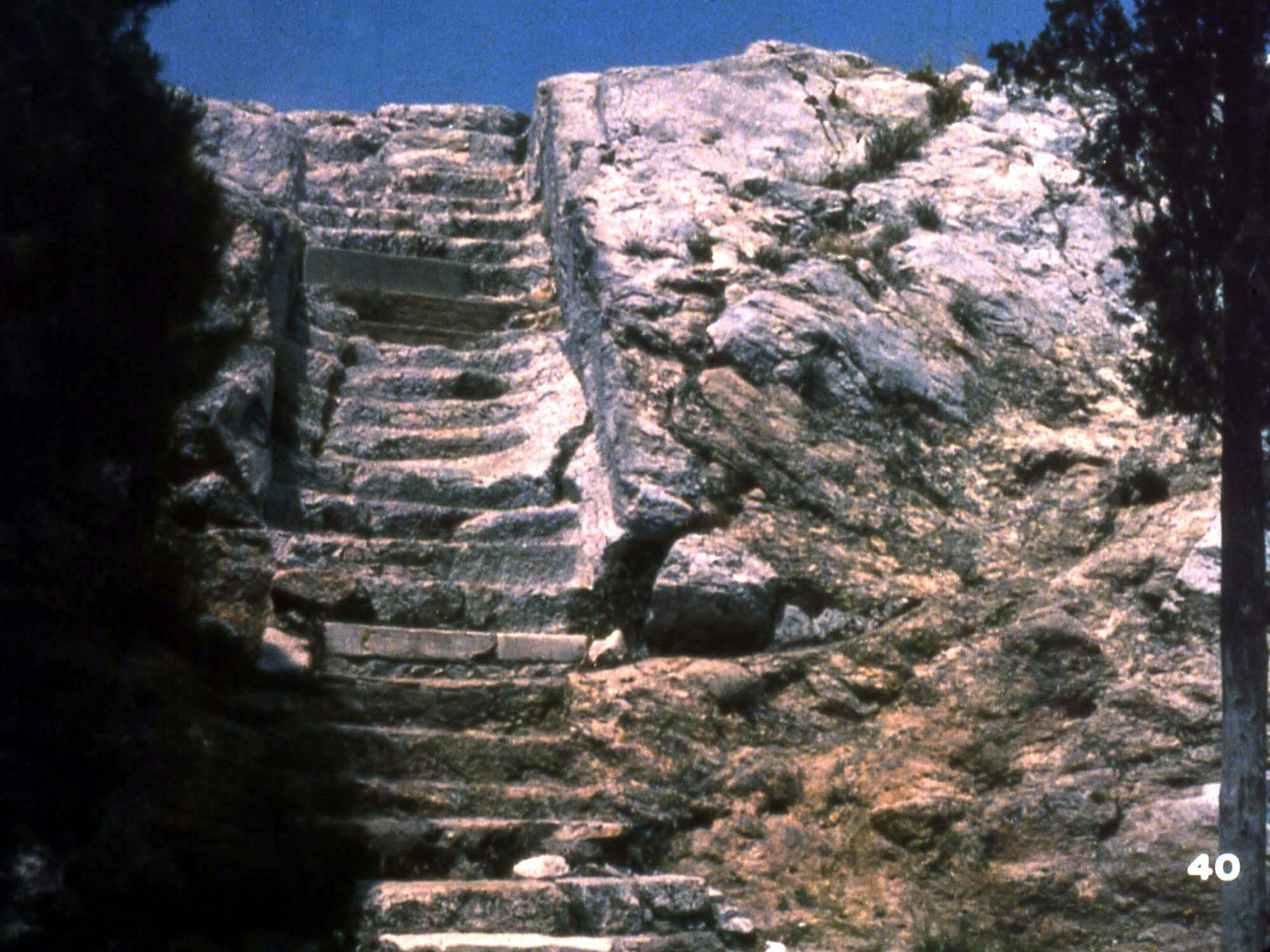
In Athens, Paul preached his famous “Mars Hill”, or Areopagus sermon, near the acropolis. The Areopagus was the court in Athens and some people question where the court met in the time of Paul. But many archaeologists think that Paul climbed these steps and spoke on this hill.
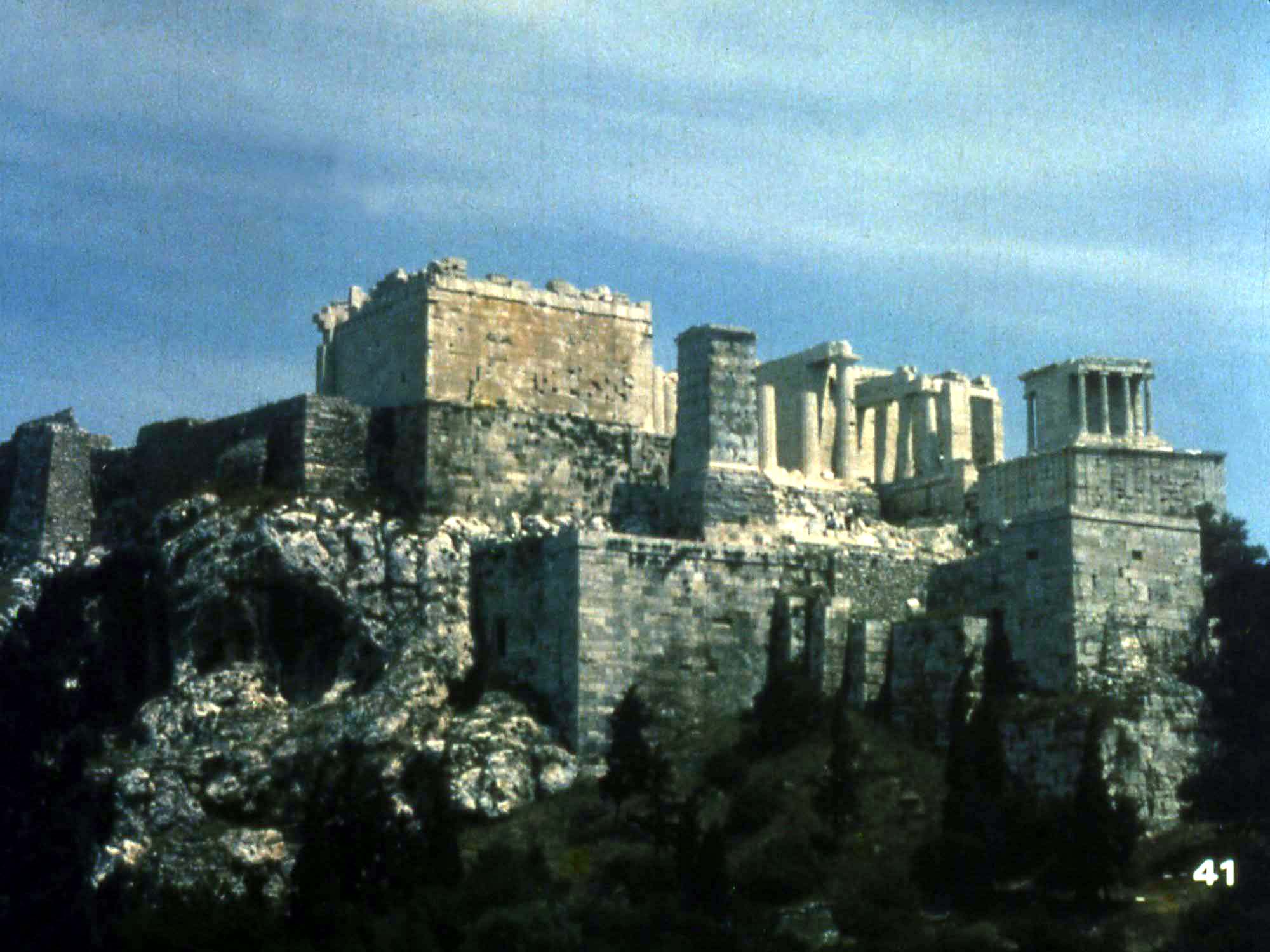
From Mars hill you can still see the Acropolis in full view. In Paul’s day it had many temples and images of the gods. Paul spoke to the Athenians about the worship of the gods. He mentioned that he found an altar that was dedicated to “the unknown god”. At Pergamum, in Asia Minor, an altar was found that has almost identical wording; “to gods unknown. When Paul came to Corinth, it was both an old and new city. The temple of Apollo was probably built in the 6th century BC and several of its impressive columns still stand. Corinth was destroyed by the Romans in 146 BC but was rebuilt 100 years later. In Paul’s time it was a large, significant center for business.

Paul probably went to the market in Corinth very often. The market was surrounded by columns and had many kinds of stores and shops.
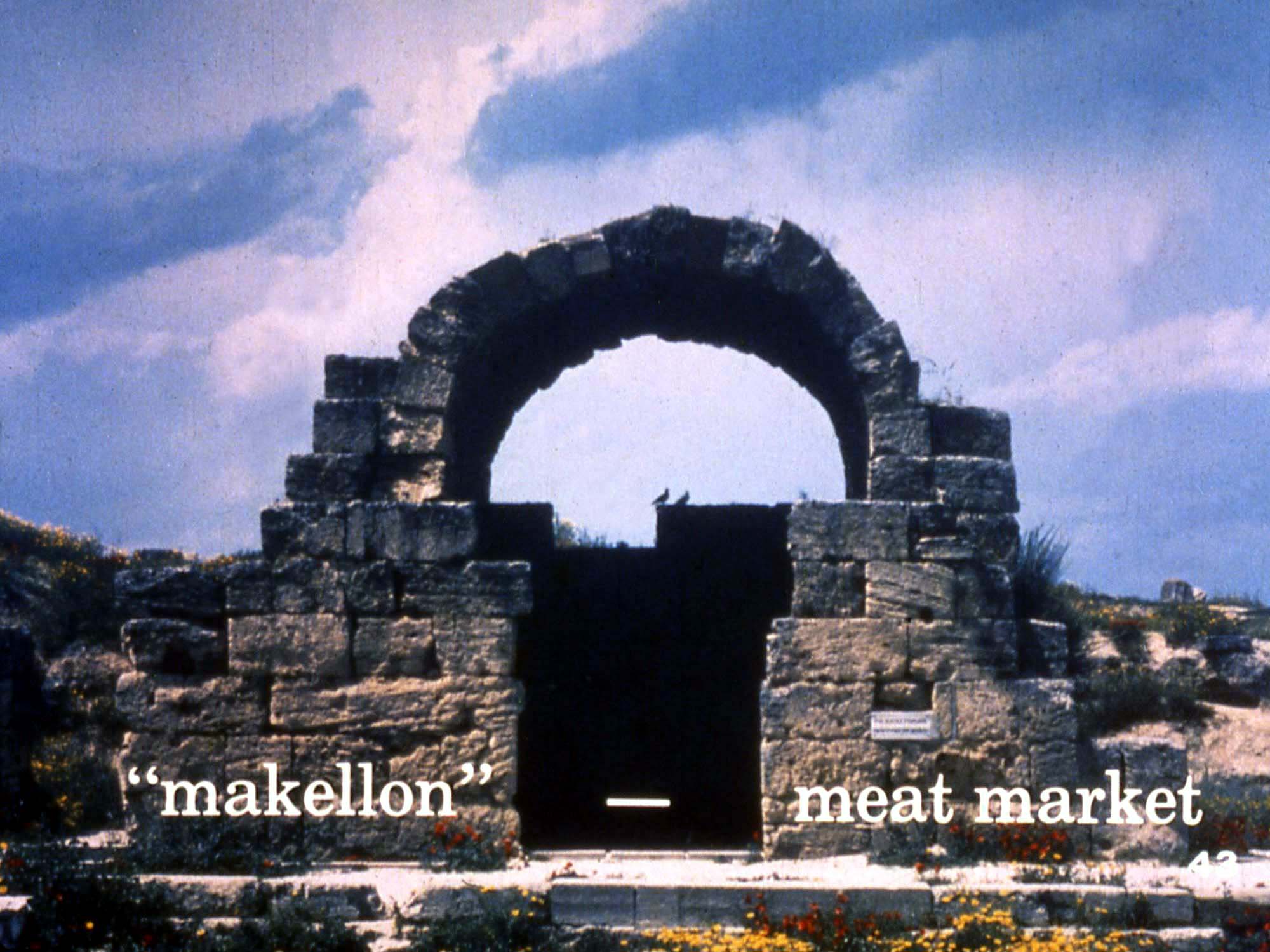
This is a partially reconstructed shop. In 1 Corinthians 10:25, Paul talks about a “meat market”. His term for the meat market is "makellon" and a Latin word for the place has been found on an inscription in Corinth. The inscription shows that the place existed in the time of Paul.

In the courtyard of the museum of old Corinth there is a stone with an important Greek inscription. This stone was part of a doorway and even though it is damaged, we can still read the inscription that says “Synagogue of the Hebrews” The writing is dated somewhere between 100 BC and AD 200. It is quite possible that Paul preached in this very synagogue.

An inscription was found near the theater in Corinth. When we translate it from Latin it reads “Erastus, in return for his aedileship laid the pavement at his own expense” The Aedile was the commissioner of public works and it is very likely that this is the same Erastus that was Paul’s friend and fellow Christian who is referred to in Romans 16:23.
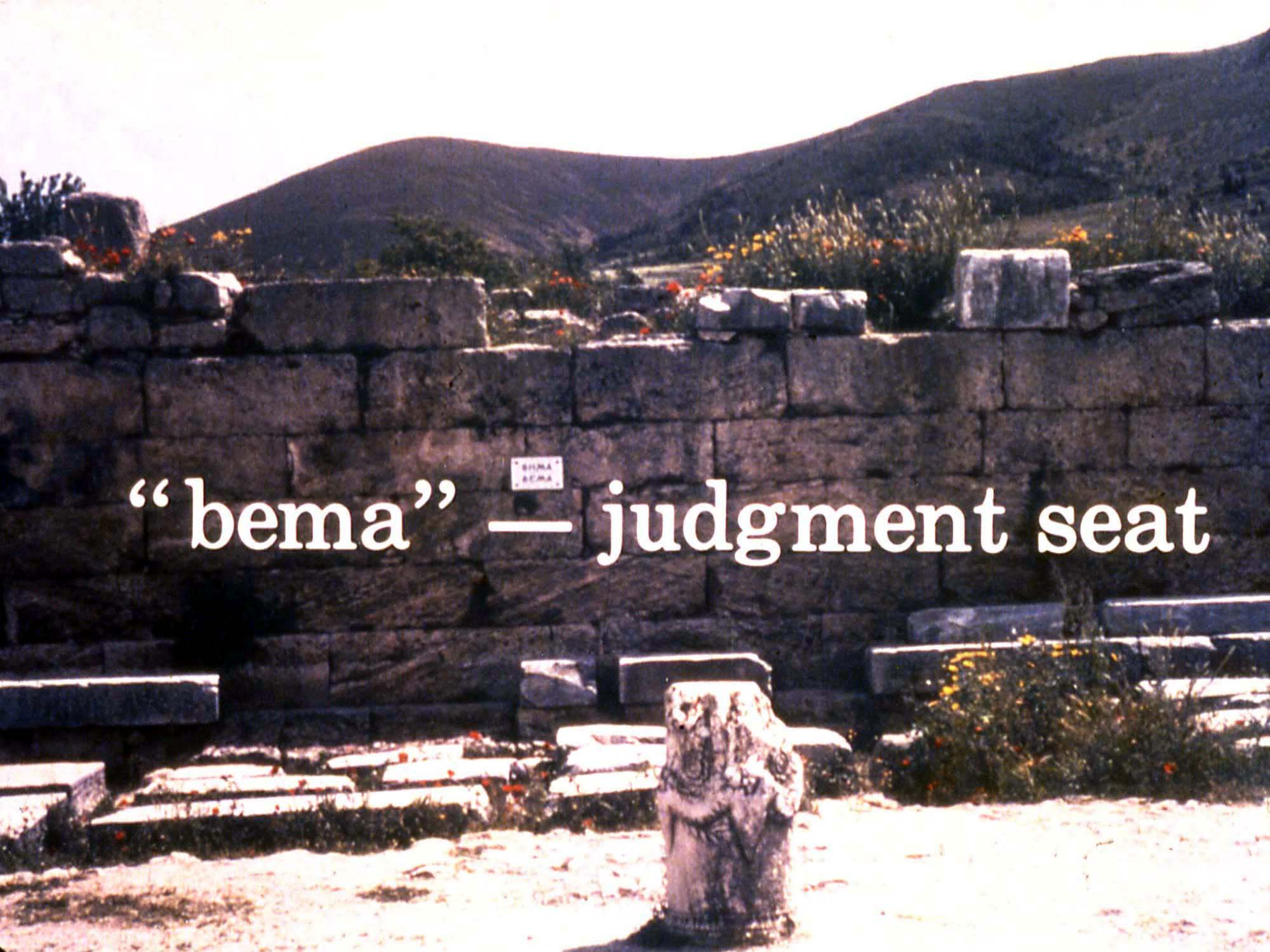
In the ruins of the Corinthian marketplace there is the Bema which means “judgment seat”, In front of the Bema stands the remains of a column marking the traditional spot where Paul would have stood when he was brought before the judgment seat in Acts 18:12-17. The proconsul, who was Paul’s judge, was Gallio the brother of Seneca who was the teacher of Nero. There is an inscription in the temple of Apollo at Delphi that mentions this same Gallio. The inscription is a copy of a letter from the Emperor Claudius and is important because it refers to Gallio as the "Proconsul of Achaia”, the same title we find in Acts 18:12. It is also helpful because it helps us to date Paul’s visit to Corinth about AD 50-52.
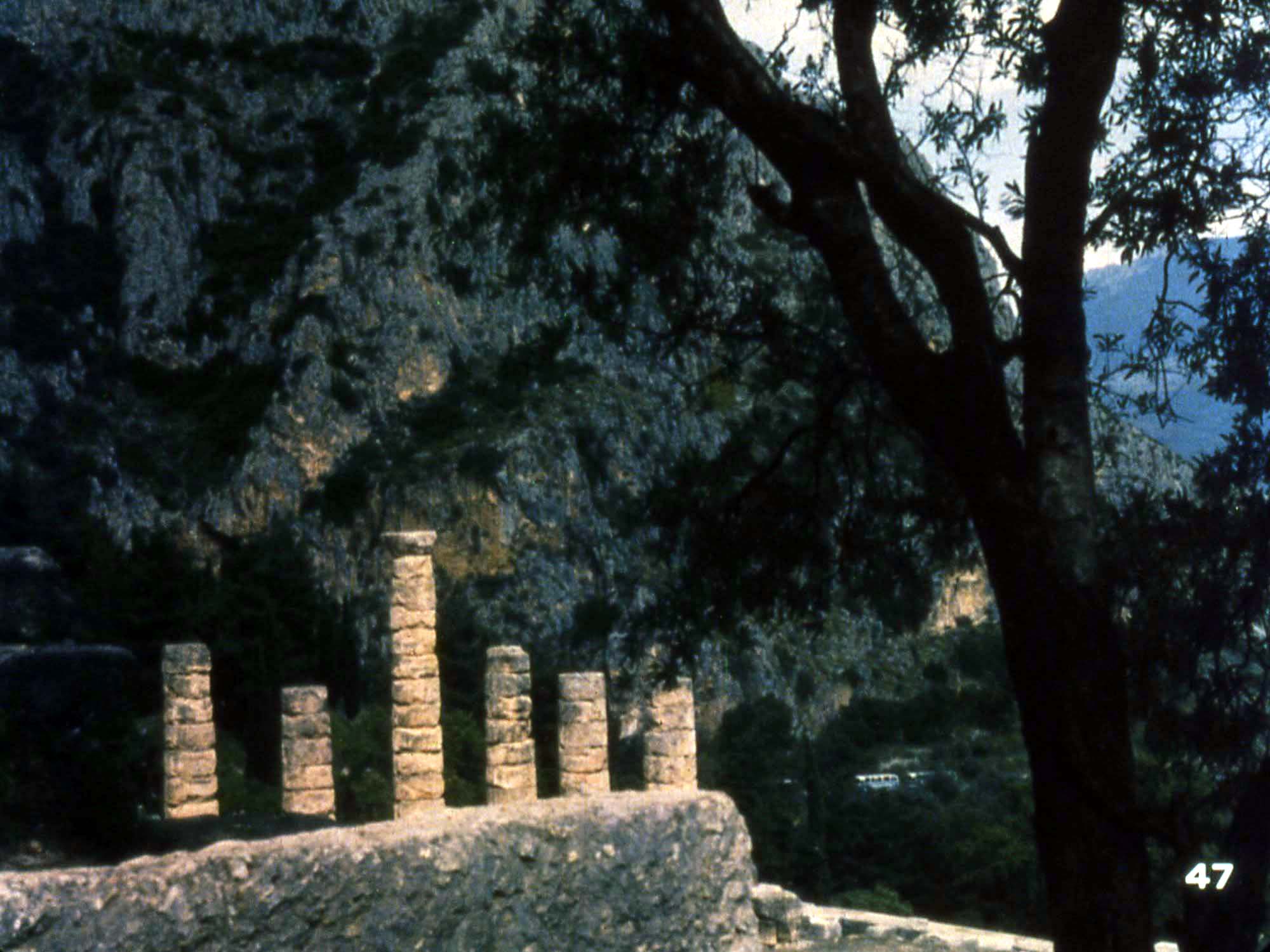
The city of Ephesus stands in marvelous ruins today. With a population of several hundred thousand people it was once a city of marble streets and a great harbor. The harbor is now covered in silt. Here in Ephesus Paul lived and taught for almost 3 years.
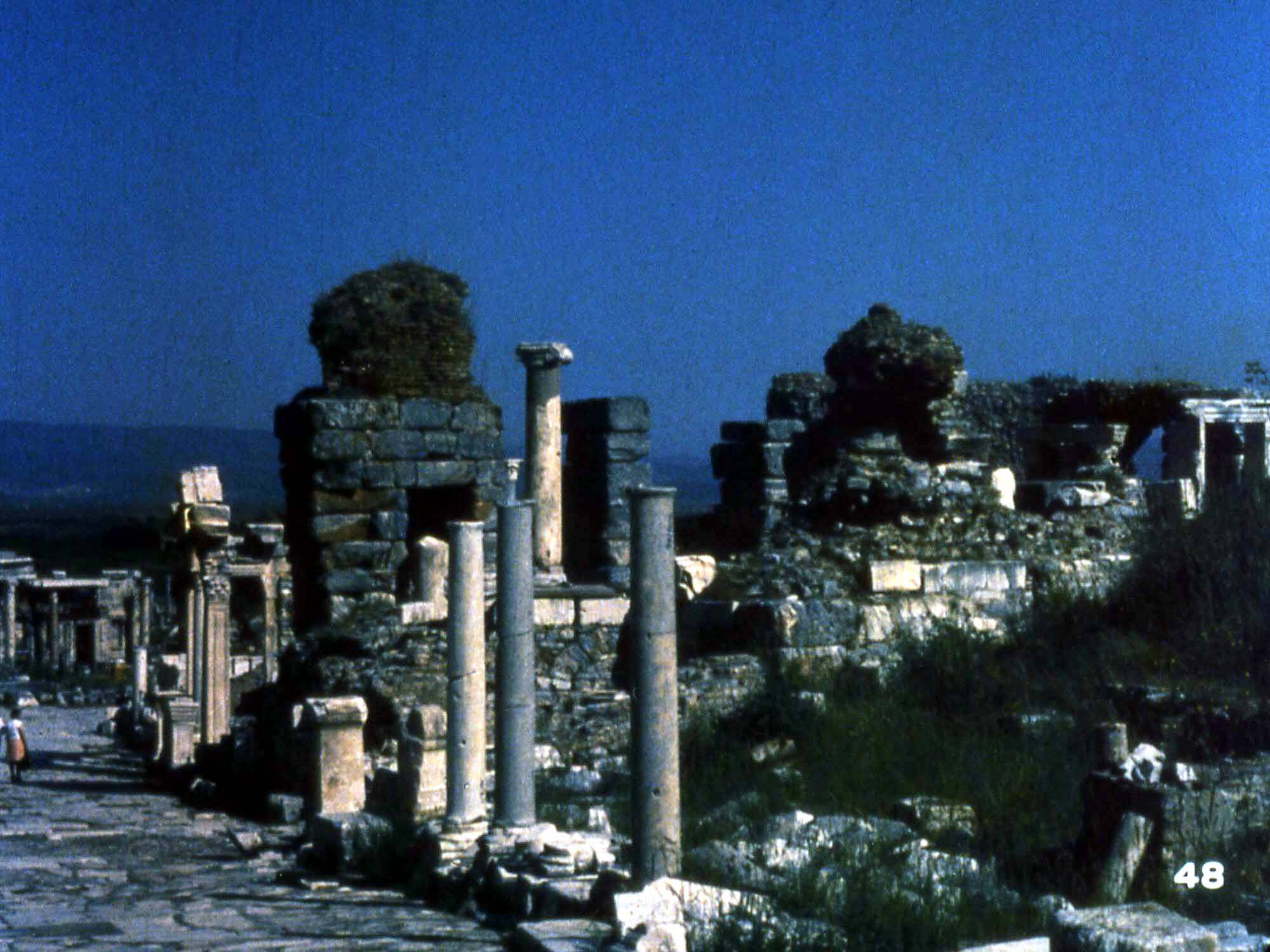
Ephesus was also the location of the temple of Diana or Artemis, one of the seven wonders of the ancient world. The only thing standing today in the spot of the original Temple is a column marking the spot. The temple was originally built on marshy soil and still lies in a low plain and flooding prevents excavation.

Acts 19:29-41 tells that the Ephesians all gathered in the theater and had a meeting because Paul’s work was so successfully opposing the worship of Artemis. The theater could hold about 25,000 people and from the top one could look out over the busy city.
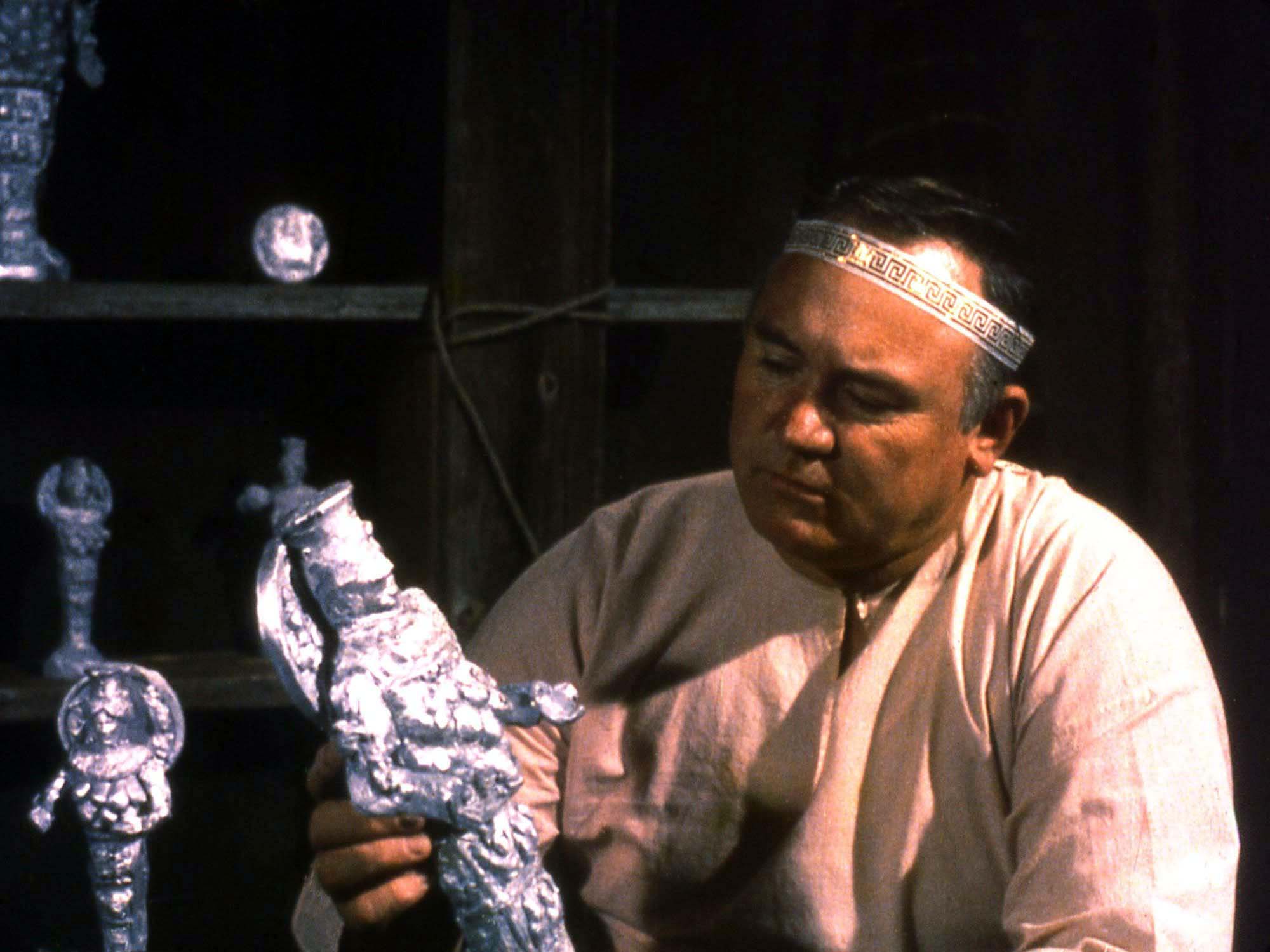
“Artemis of the Ephesians” was a many breasted fertility goddess. Silver shrines made by silver smiths were presented to her. One inscription found actually describes the dedication of a silver image of Artemis that is to be made in the presence of the full assembly of the people in the theater.

In his record of the uproar in the theater, Luke uses interesting terms. He speaks of “Asiarchs” as Paul’s friends. These were prestigious men who were in charge of the public games. He also mentions the “town clerk” who was in charge of quieting the crowd and was the most important official in Ephesus. The town clerk referred to Ephesus as the “temple keeper” of Artemis. This is a term of honor and Luke’s use of it has been confirmed by other inscriptions.
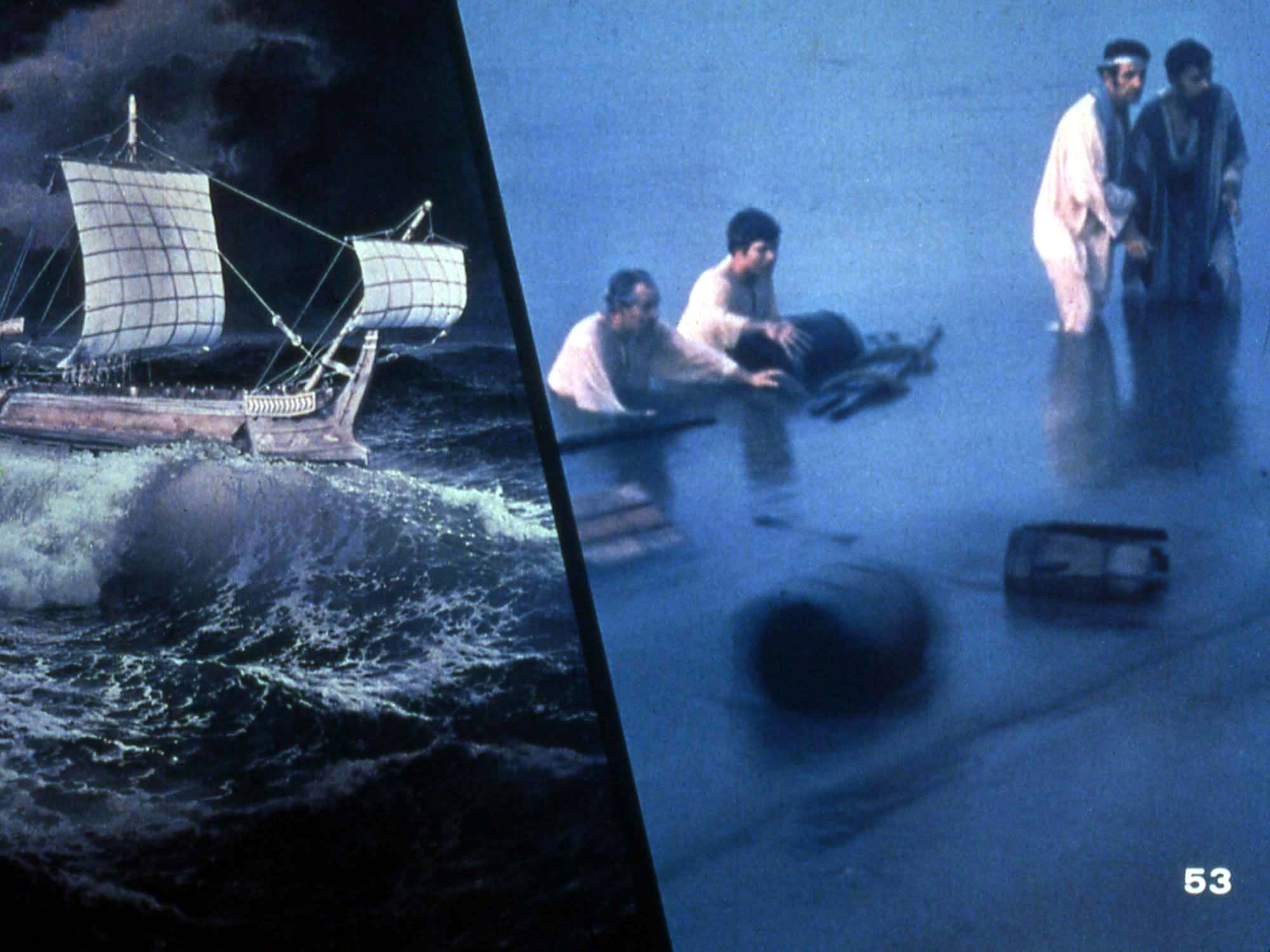
A few years later, Paul was shipwrecked on his way to Rome. He had appealed to Caesar because he had been in prison in Caesarea for more than 2 years and nothing had been done about his case. Appealing to Caesar was a privilege given to Roman citizens by law. The shipwreck occurred near the island of Malta.
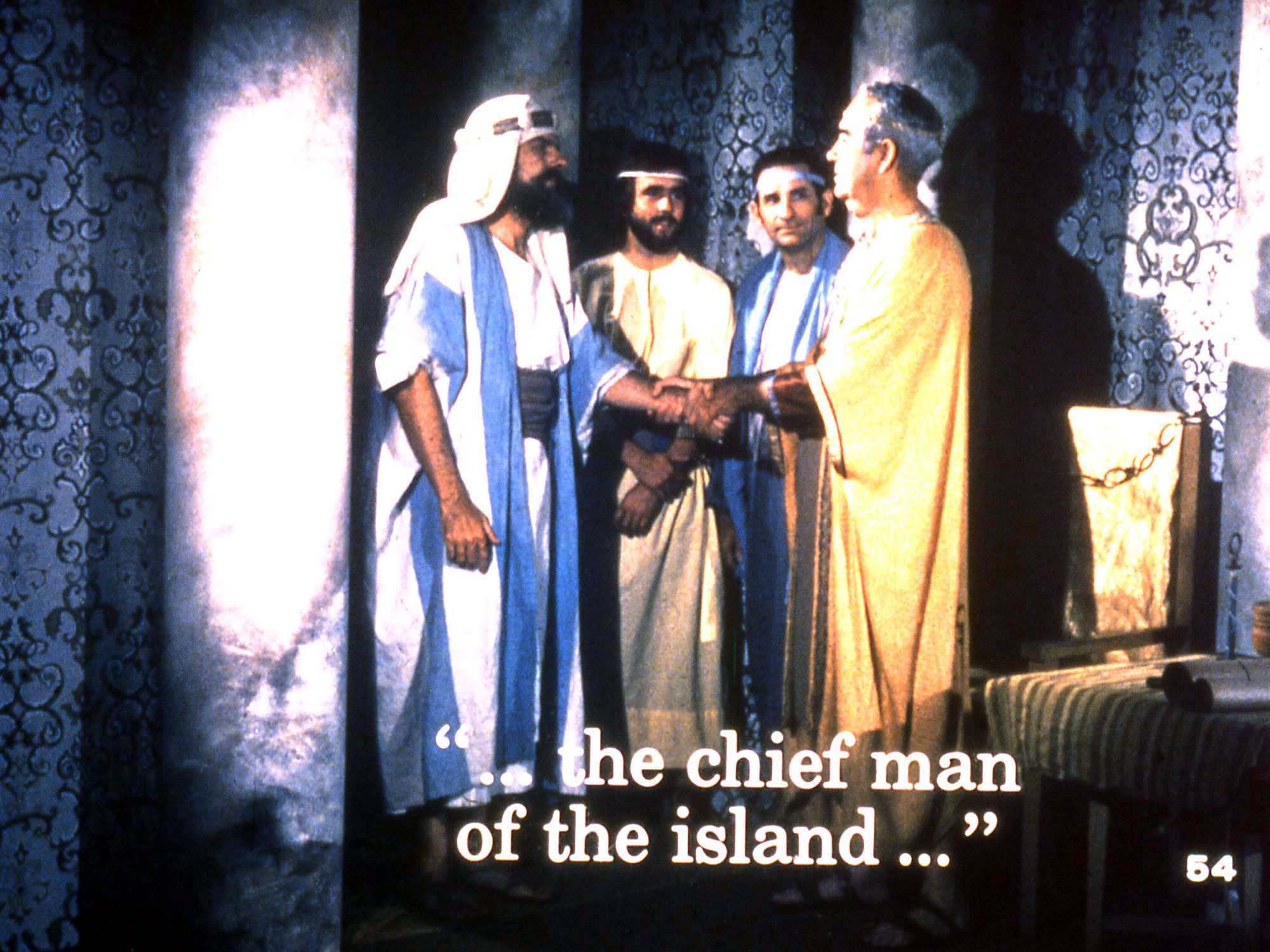
Luke mentions Publius, the top official in Malta as the “chief man of the island” in Acts 28:7 here again Luke is very accurate in his choice of terms as he writes about the experiences of Paul. The book of Acts ends with Paul at Rome preaching and teaching without problems but his fate is still undecided.

The Roman Forum, shown here in ruins, was a familiar sight to all who lived in Rome in Paul’s time and probably was quite familiar to Paul as well.

When Luke wrote the book of Acts and the gospel of Luke he used precise language, always correct in varying countries as proven by different investigations. This has been noted by Biblical scholars like H. J. Cadbury, an authority on Luke-Acts. He talked about testing Luke’s knowledge of “municipal institutions”. He then says that Luke’s language “fully meets the test.”
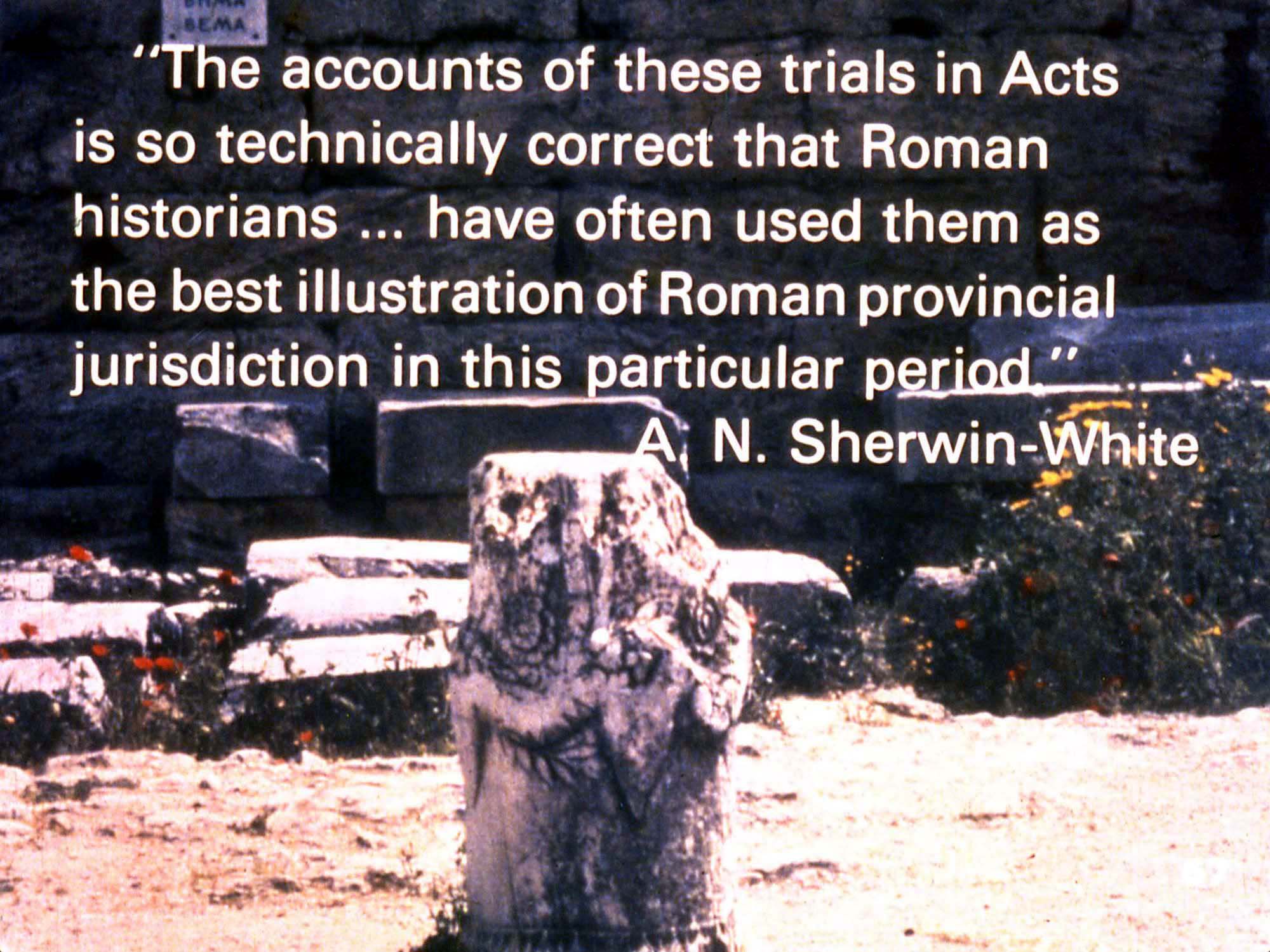
With regards to trials and legal procedure, Luke also passes the test. A. N. Sherwin-White from Oxford says that
The accounts of these trials in Acts is so technically correct that Roman historians… have often used them as the best illustration of Roman provincial jurisdiction in this particular period.So Luke’s accuracy of places and nations and events can also be shown in the Bible as a whole.
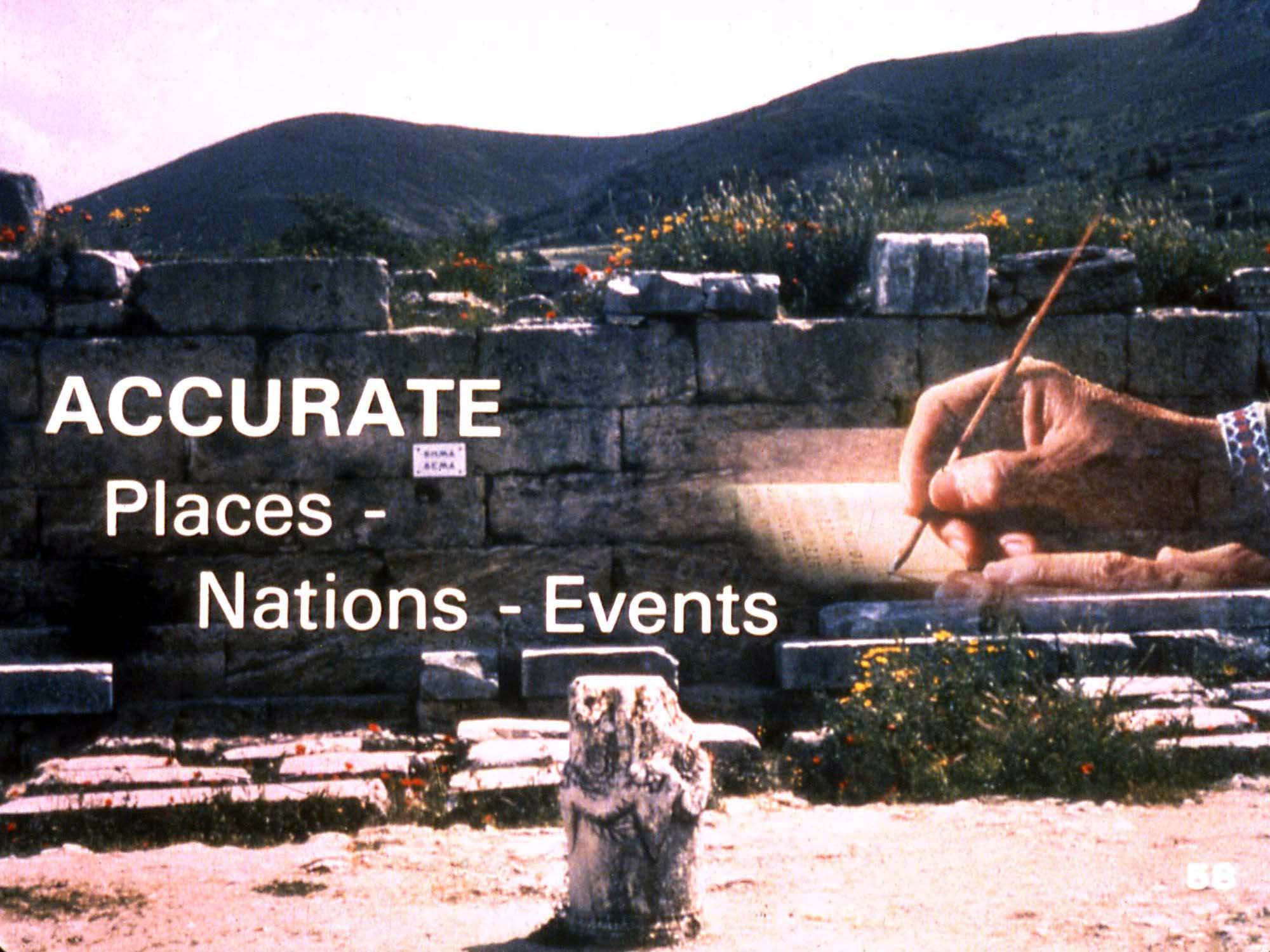
The late William F. Albright, who was a well-known Palestinian archaeologist, wrote an article called “Return to Biblical Theology”. Under the title he wrote
Archaeology has set the Bible, the whole Bible once again in the center of history. Let the Christian draw new strength from it.He continues by saying
The narratives of the patriarchs, of Moses and the exodus, of the conquest of Canaan, of the judges, the monarchy, exile and restoration have all been confirmed and illustrated to an extent that I should have thought impossible 40 years ago.He did not write his article to prove the Bible. He is pointing merely out that archaeology helps clearly illustrate and in many points actually confirms the Biblical record.

Archaeology gives solid evidence about many topics that can be tested in both the Old and New Testaments. Our conclusion at this point is that if the Bible is true on what can be tested there is a good reason to believe the rest of it too.
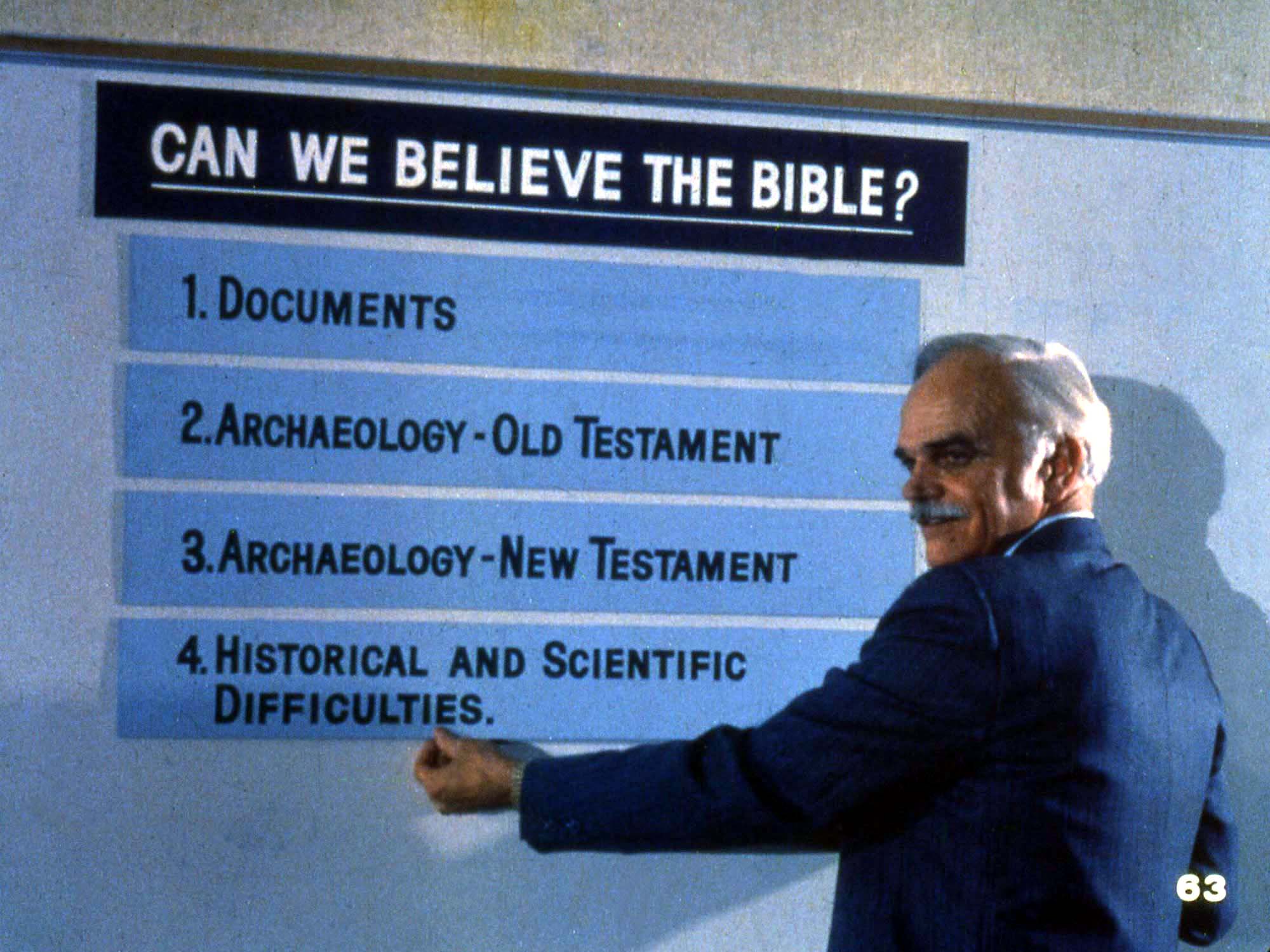
So far we have studied about the original documents and archaeological evidences of the Bible. In our next lesson we will talk about some historical and scientific difficulties and what they have to do with the question “Can we believe the Bible?”
Original text and slides from "Can We Believe the Bible?", ©1983 Gospel Services, Inc. Used by permission. Various edits and new audio recordings by the Bible Study Center 2006-2014.
